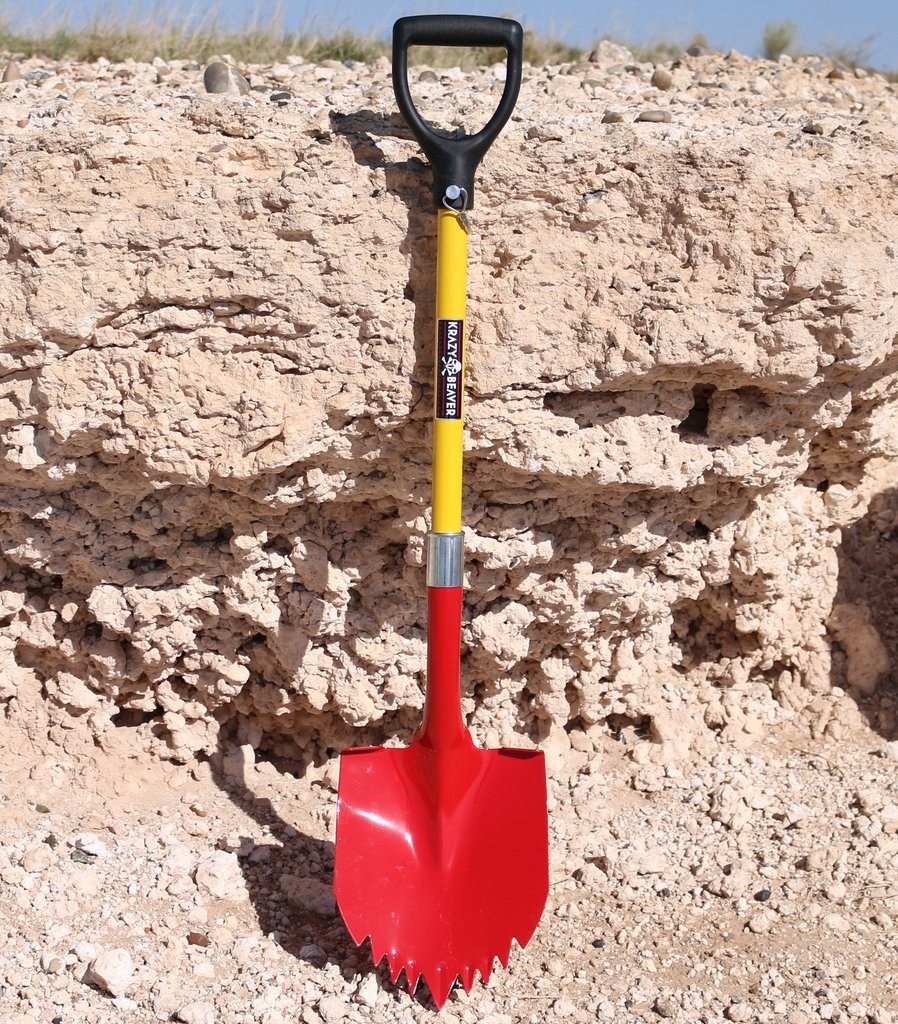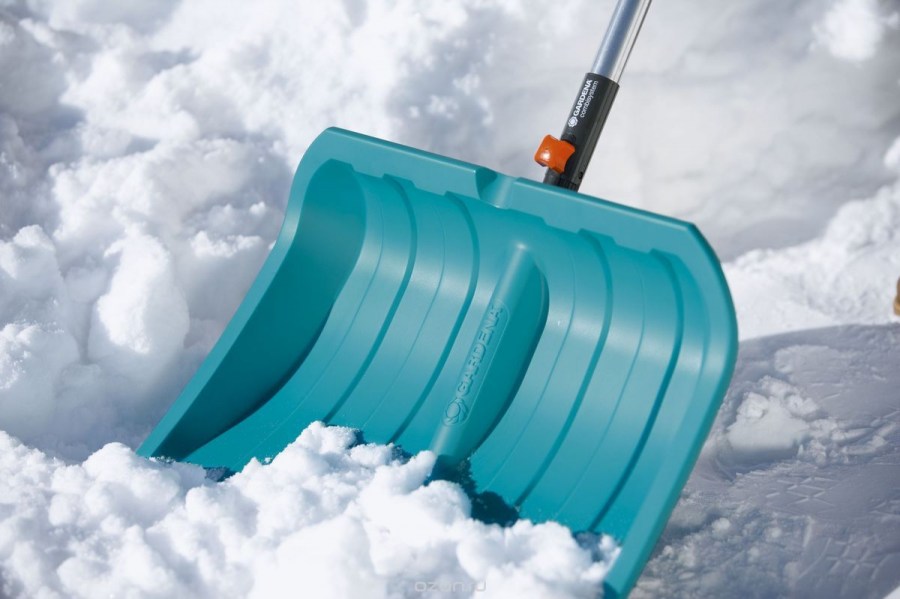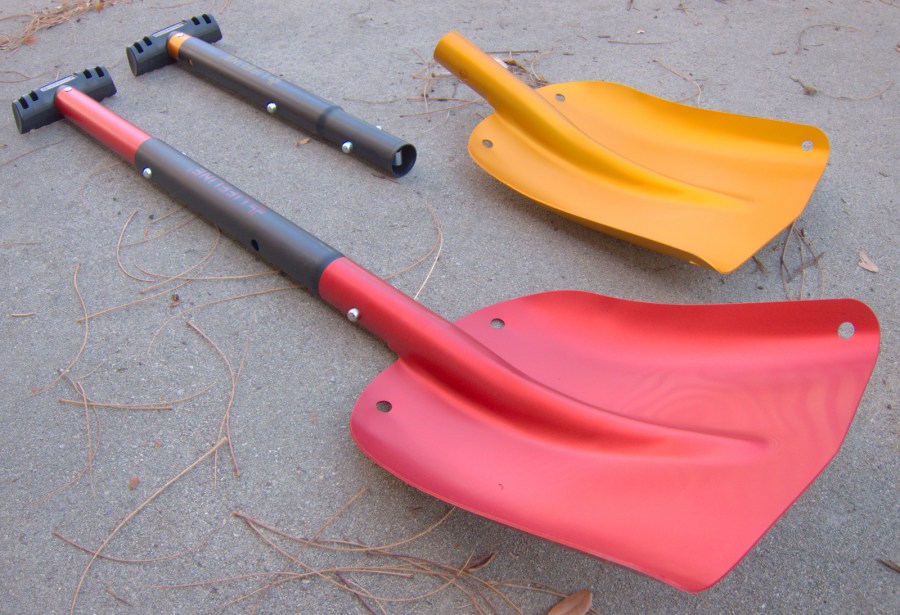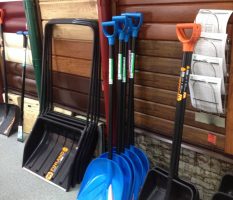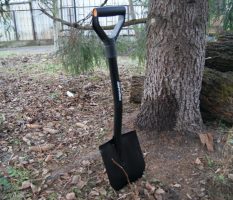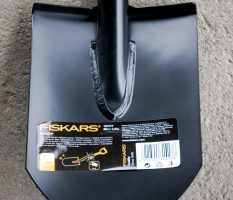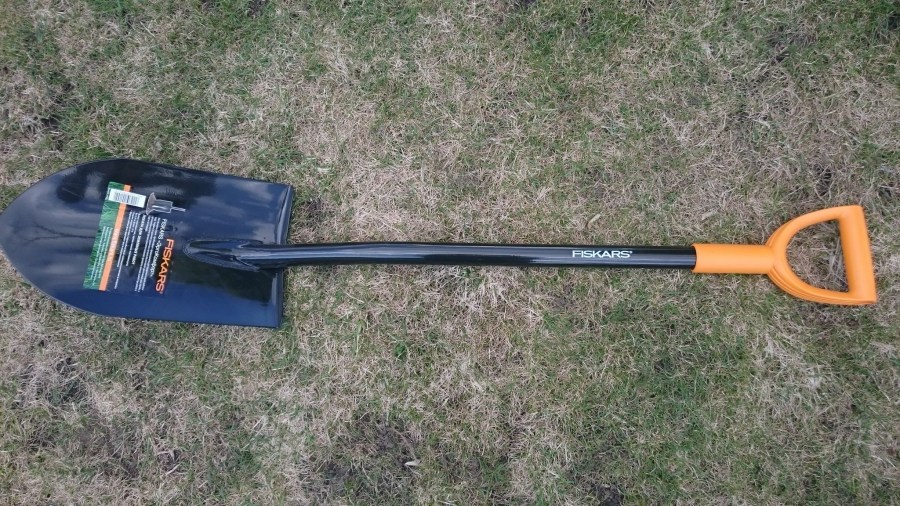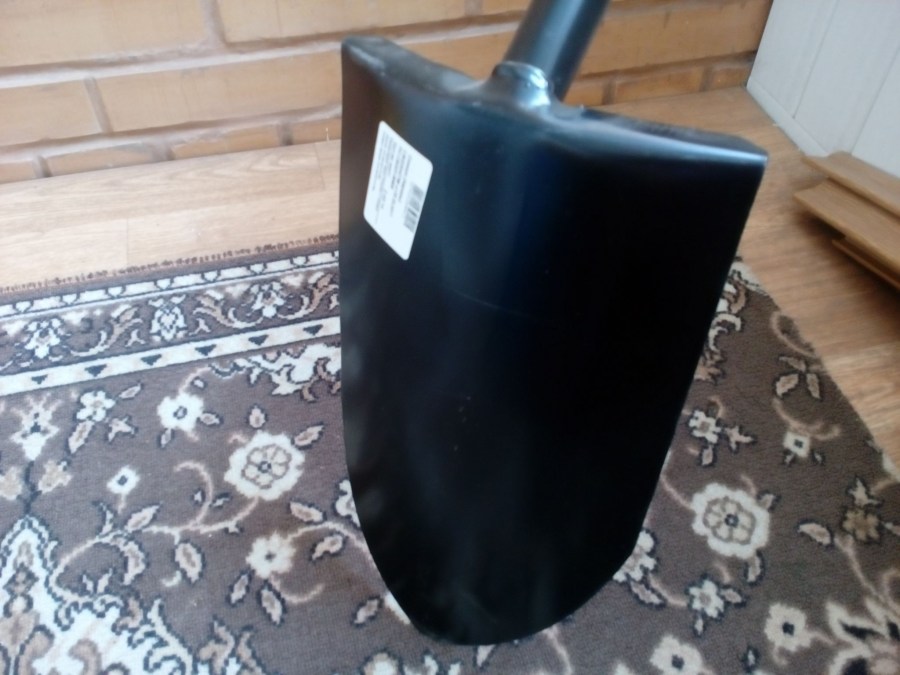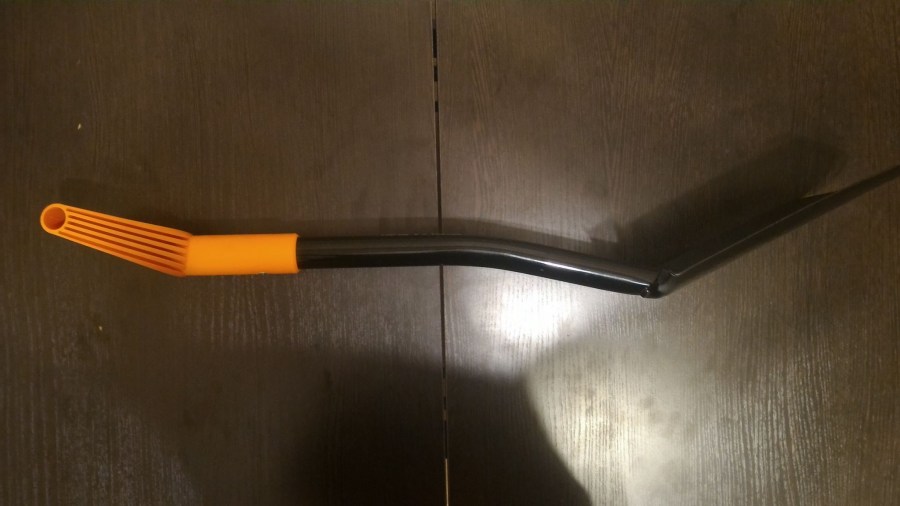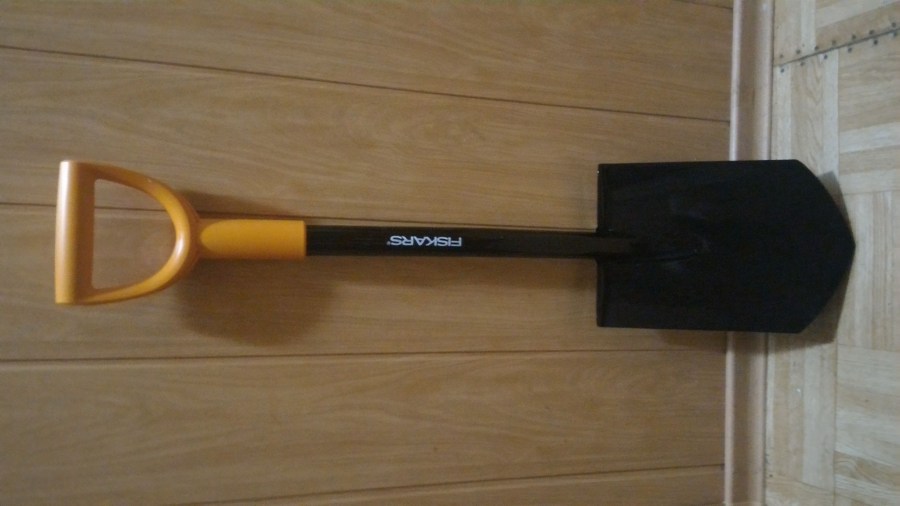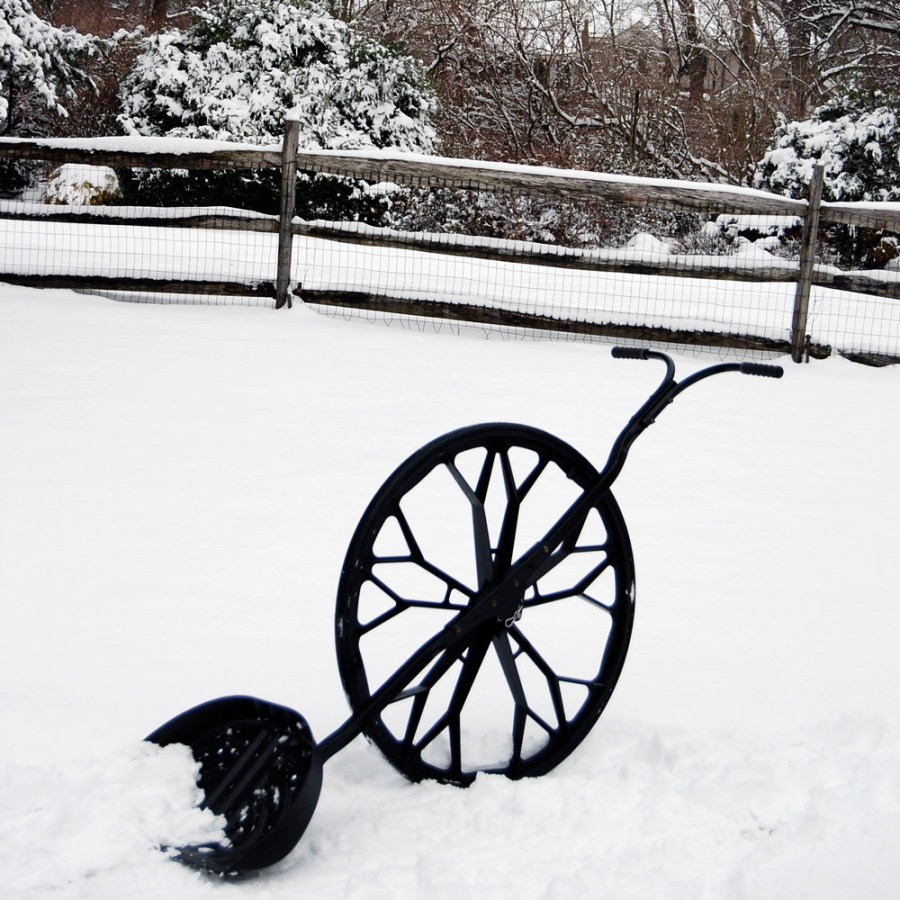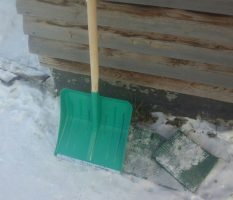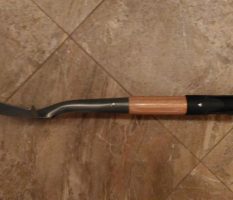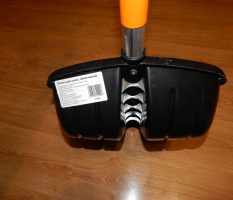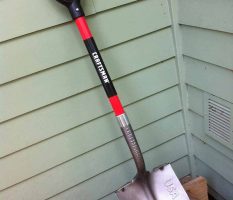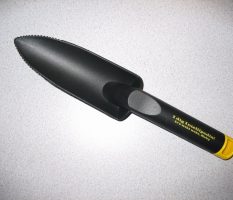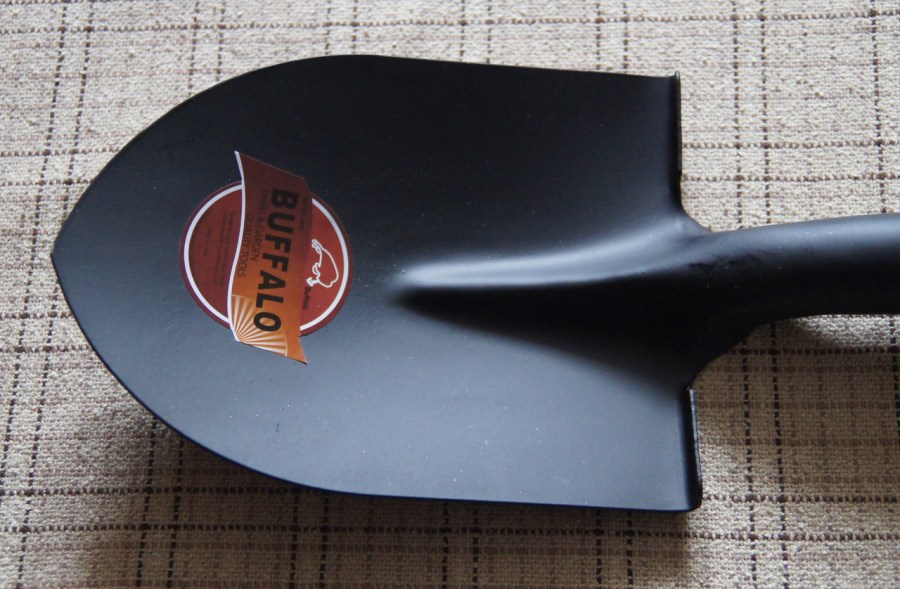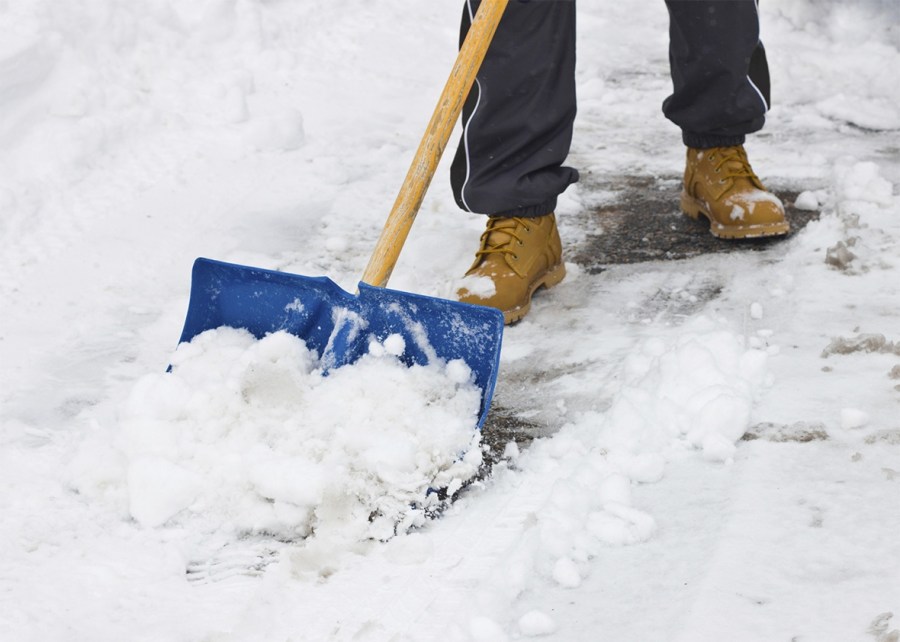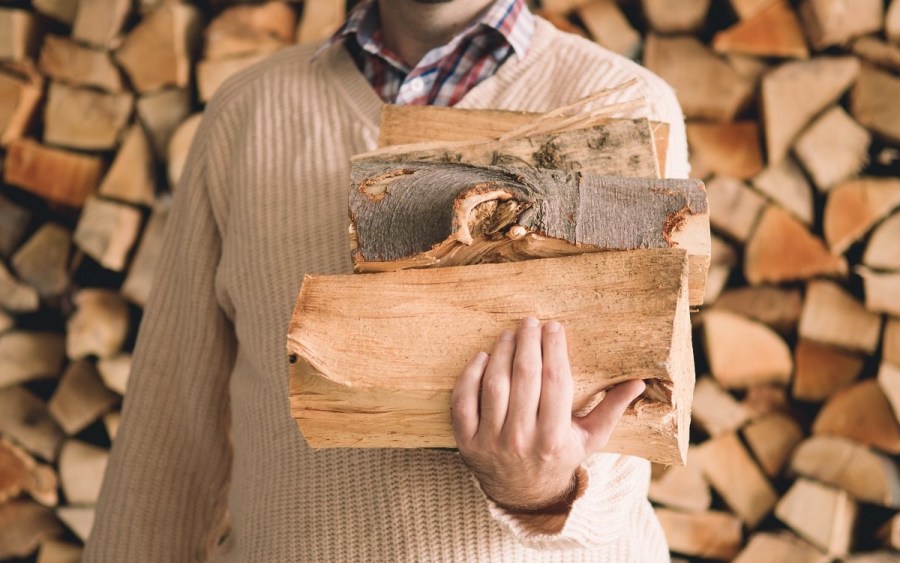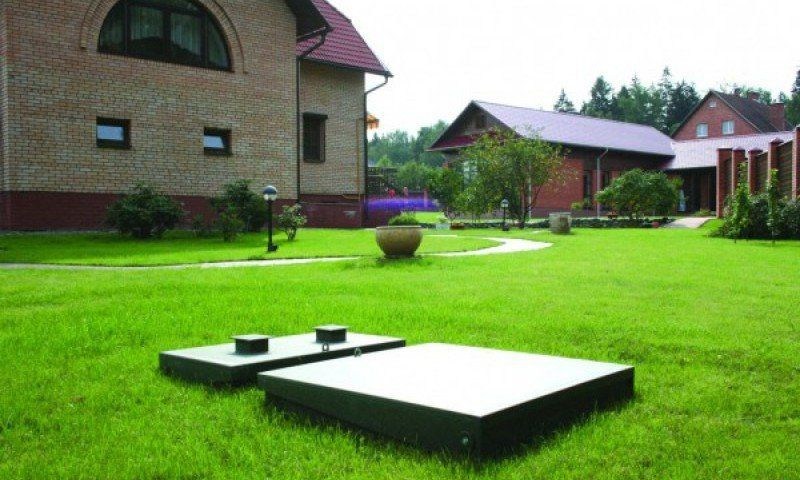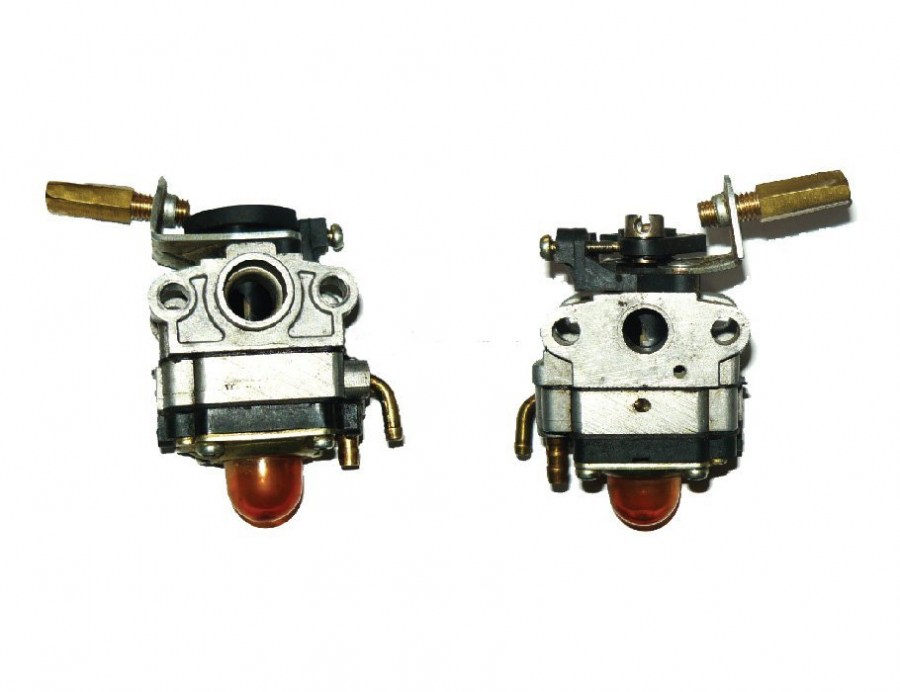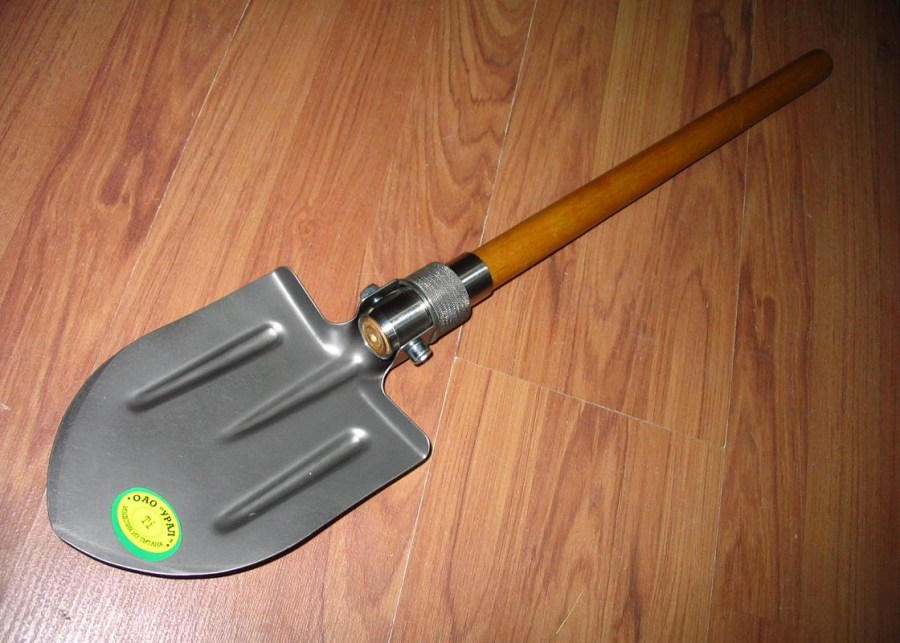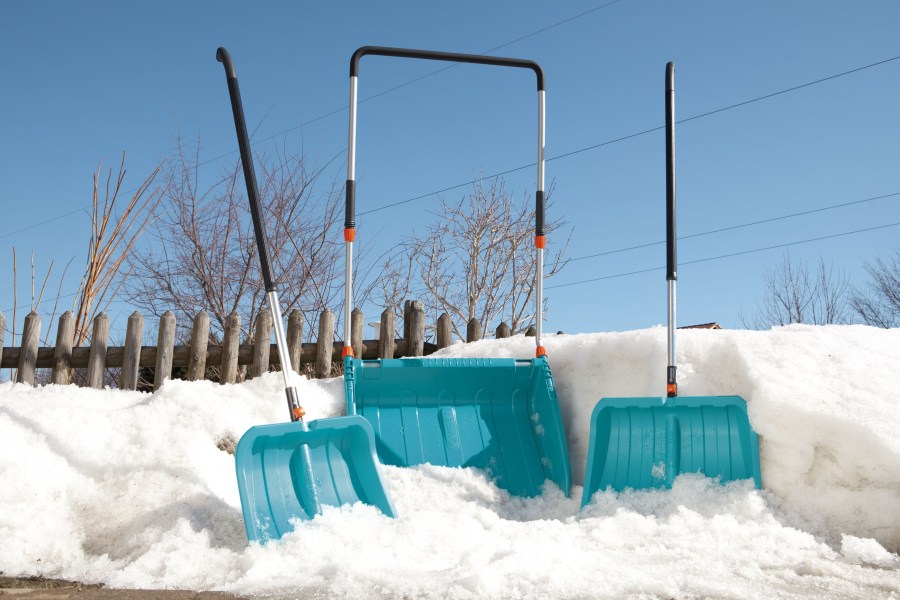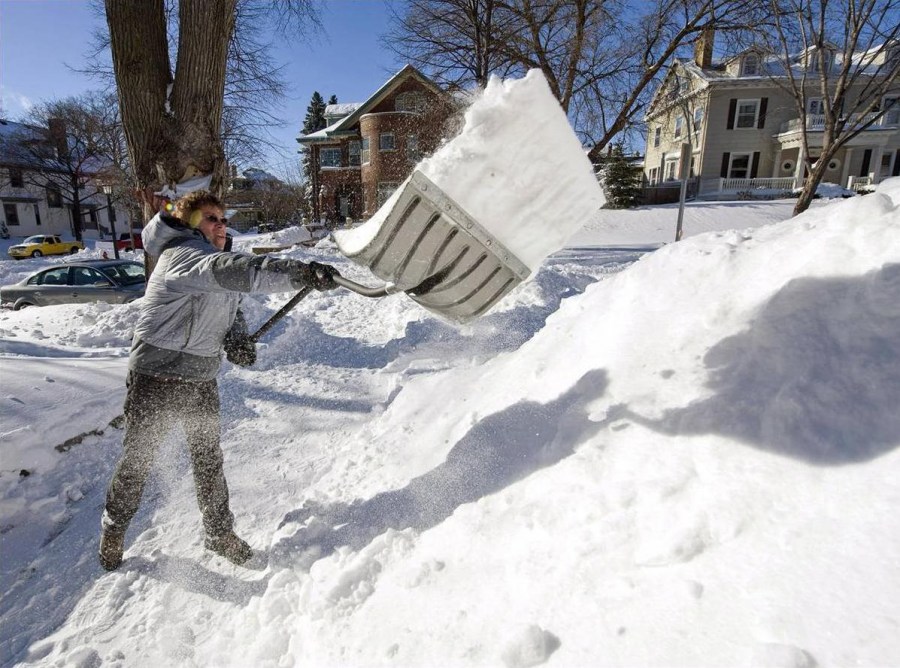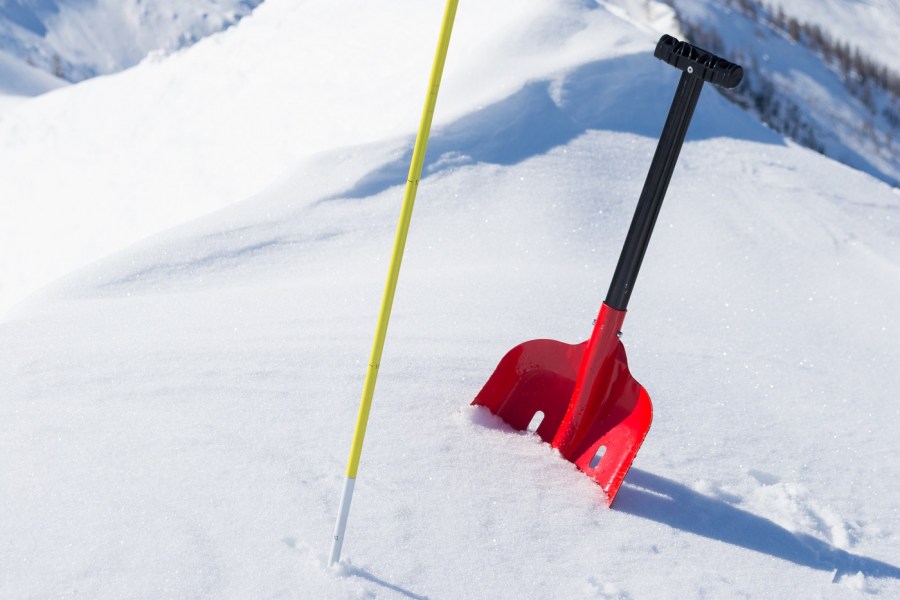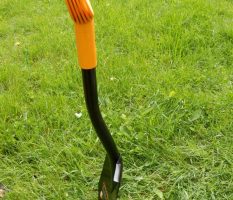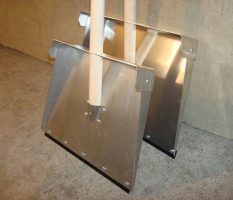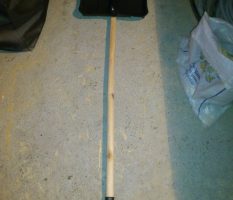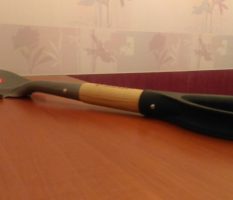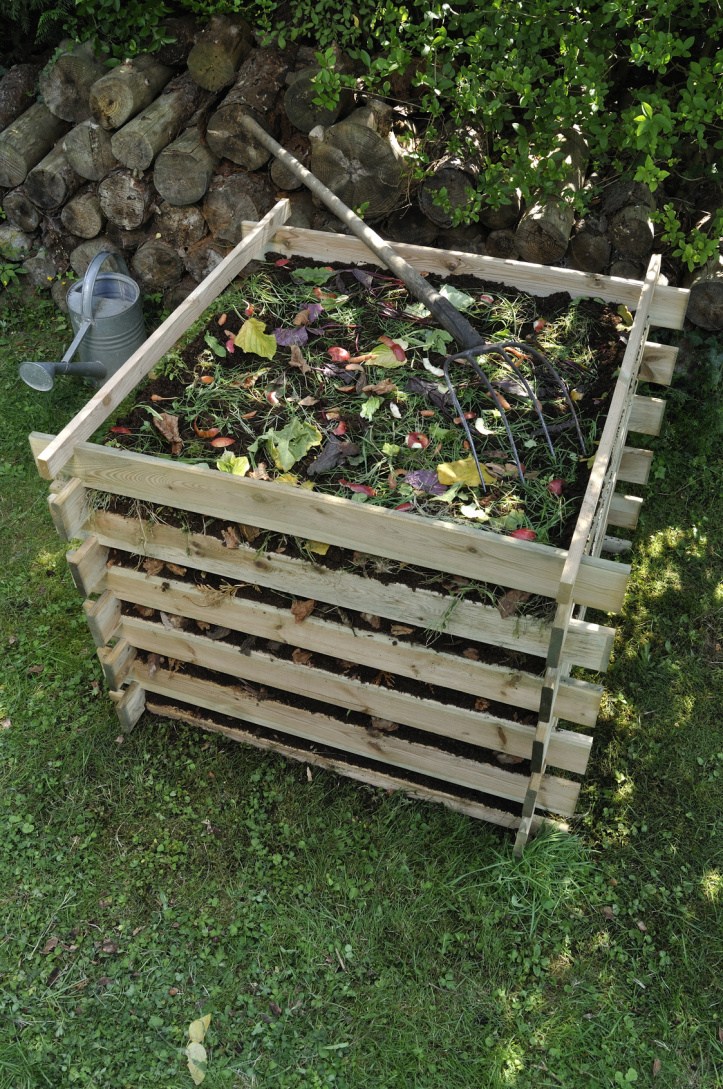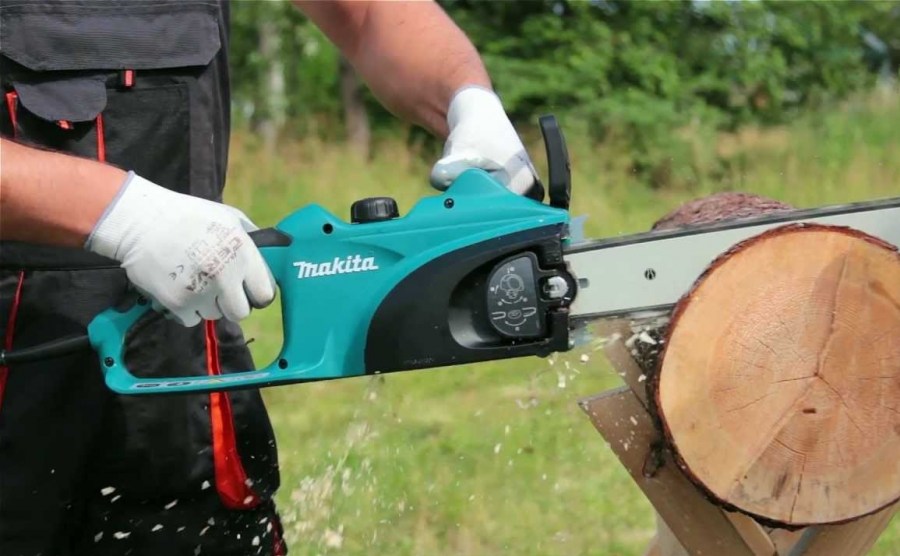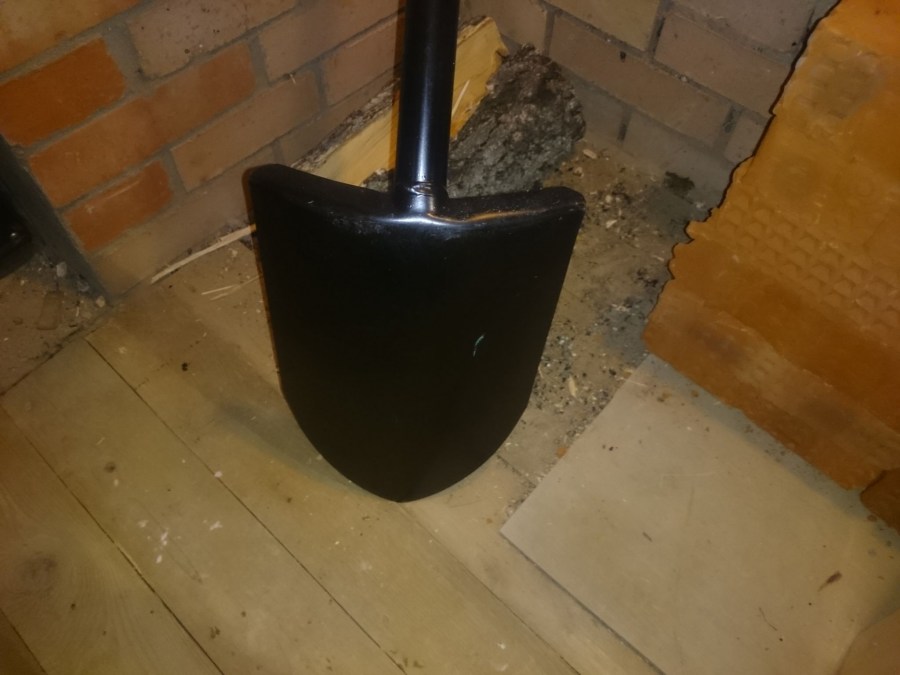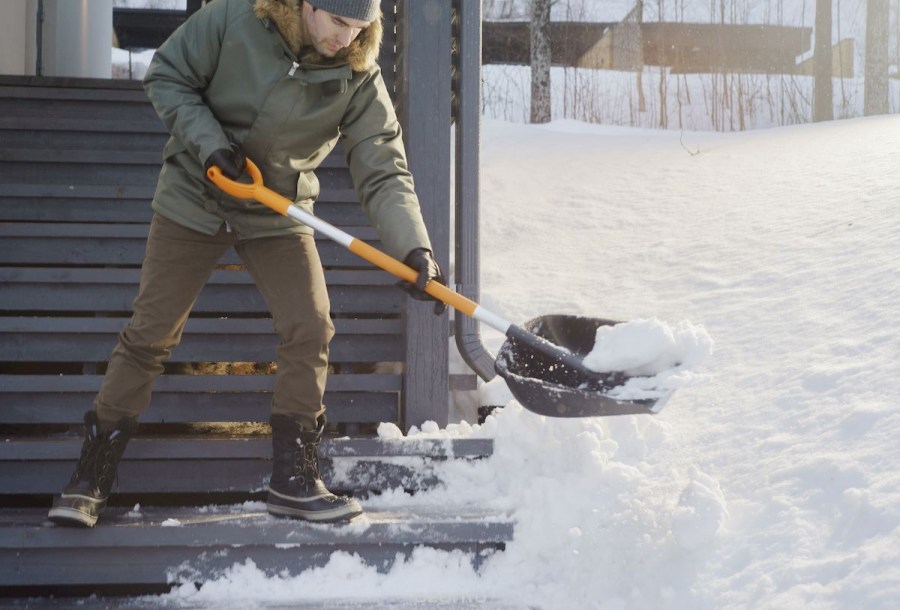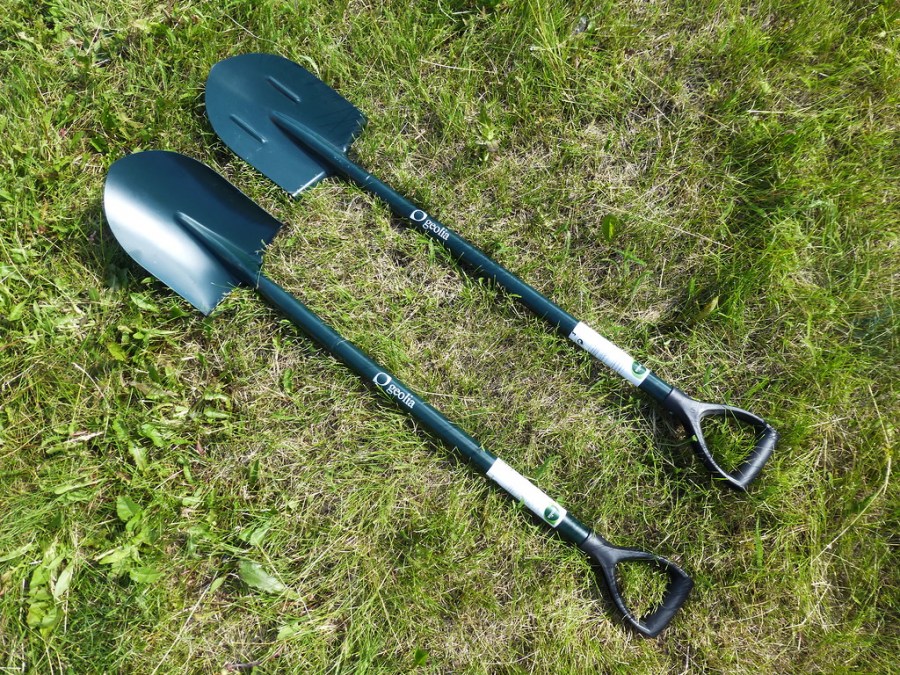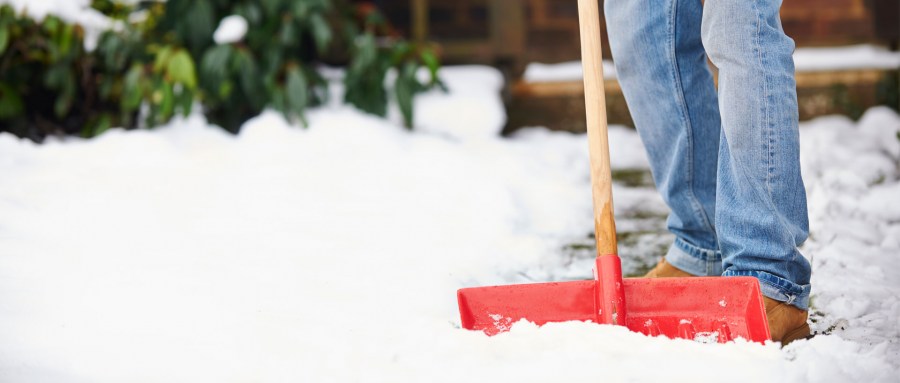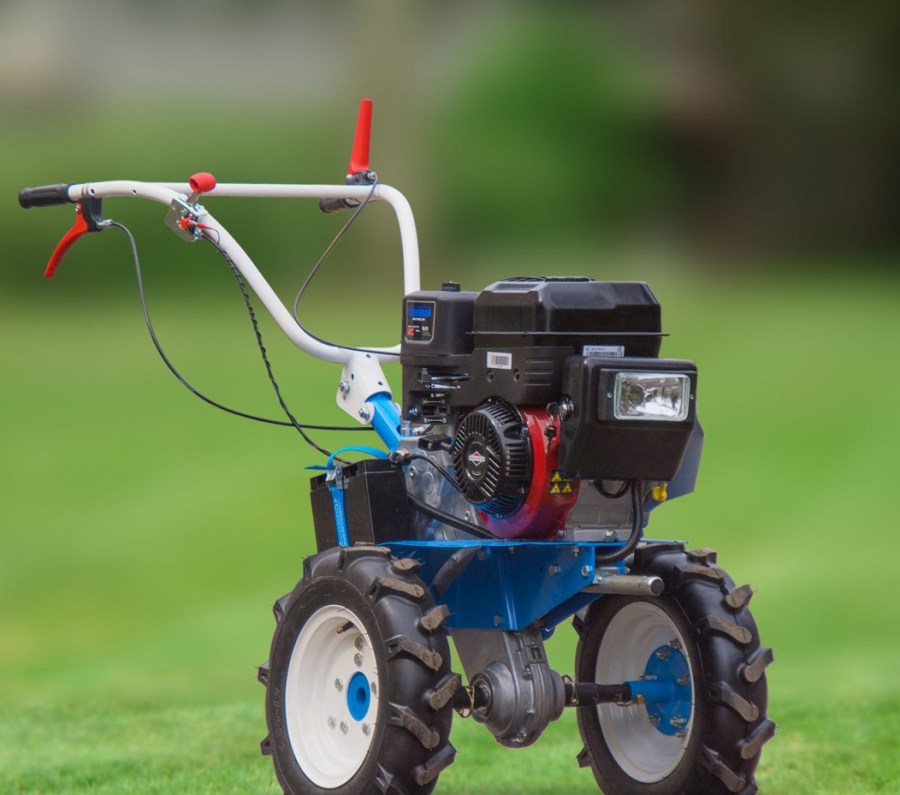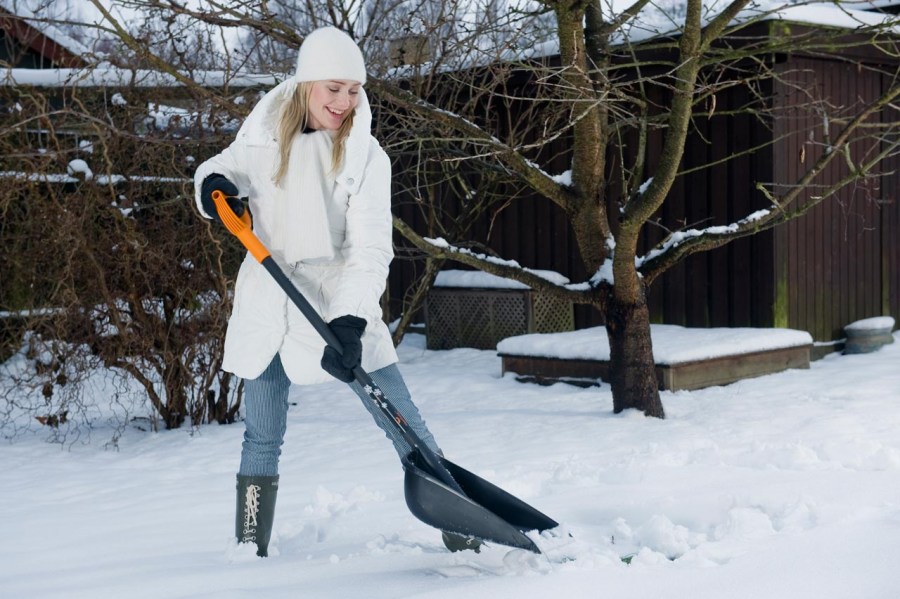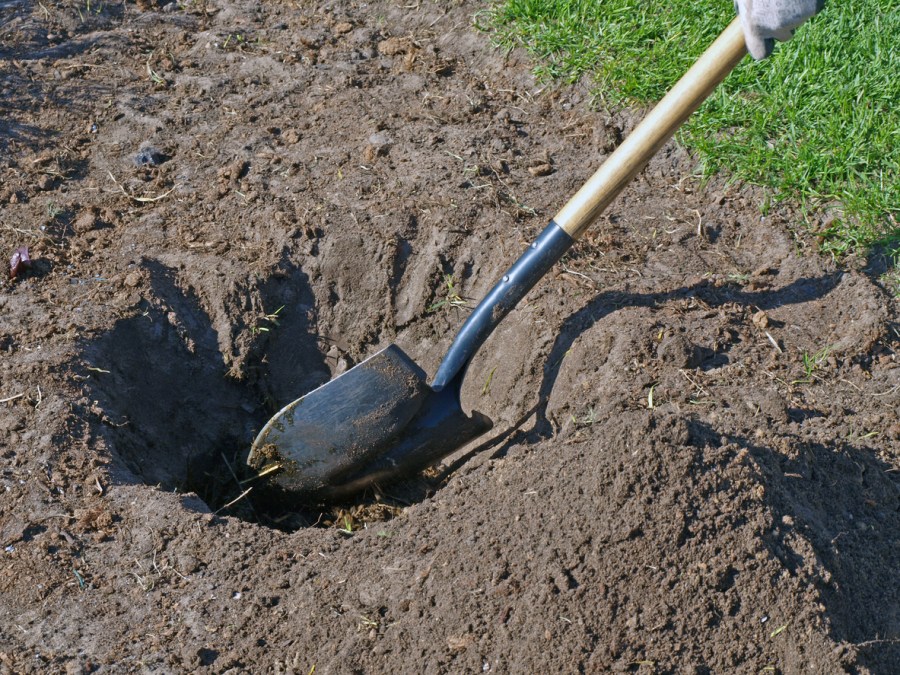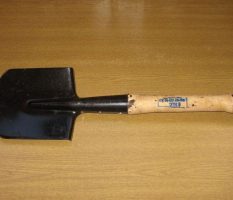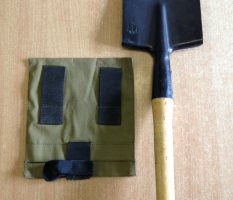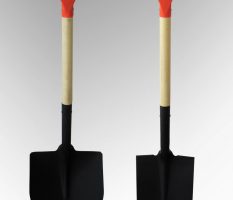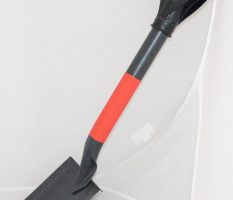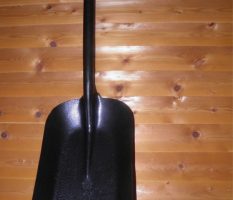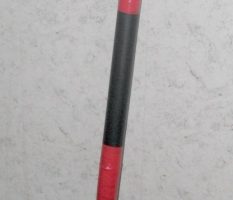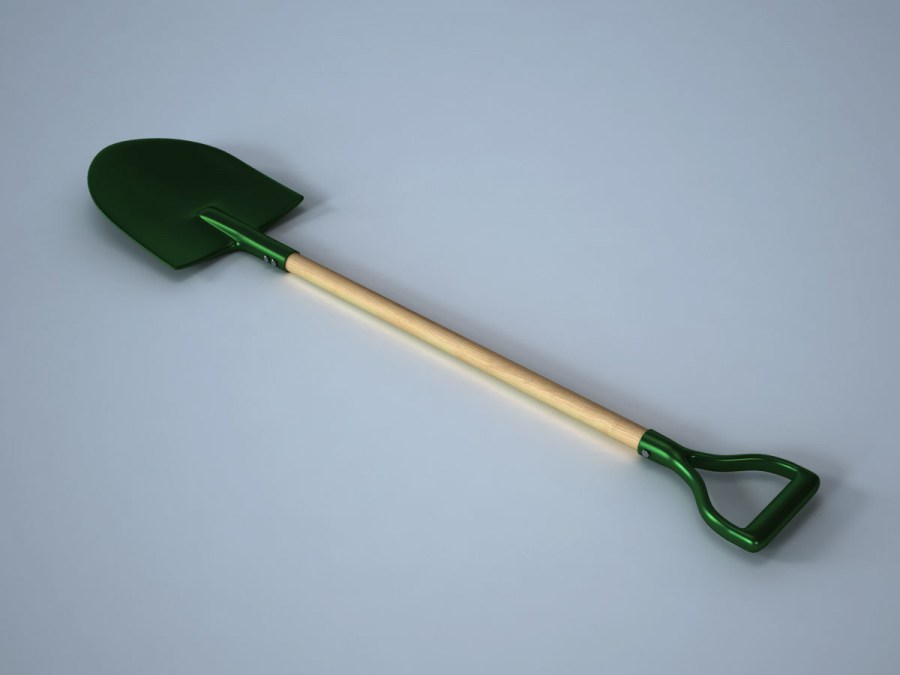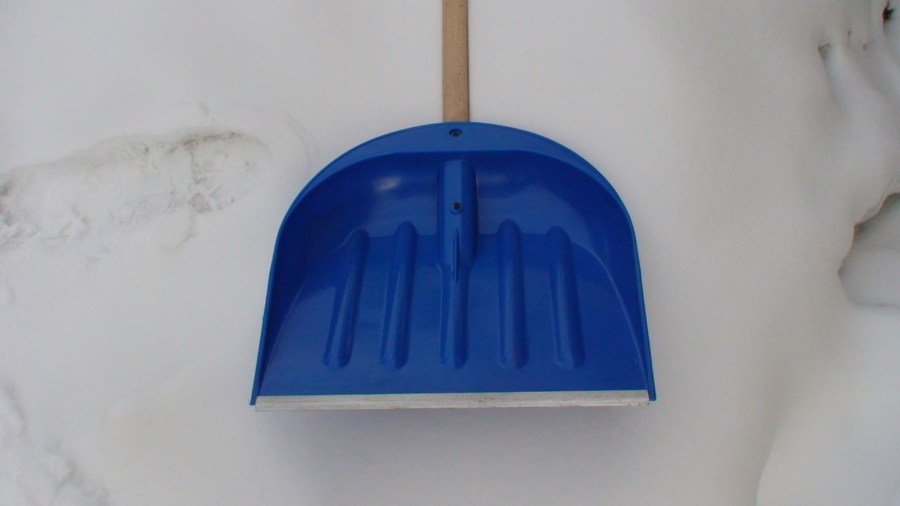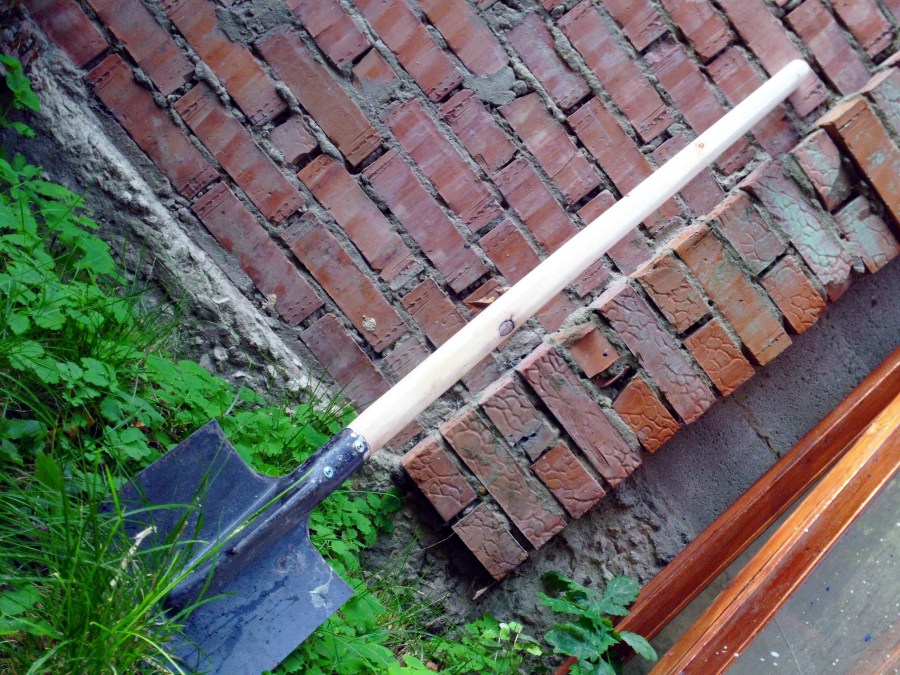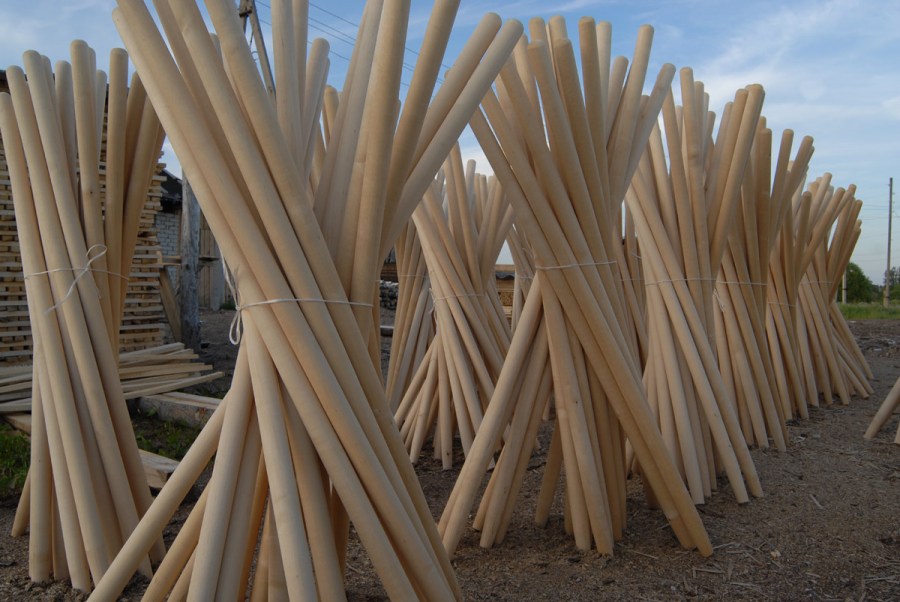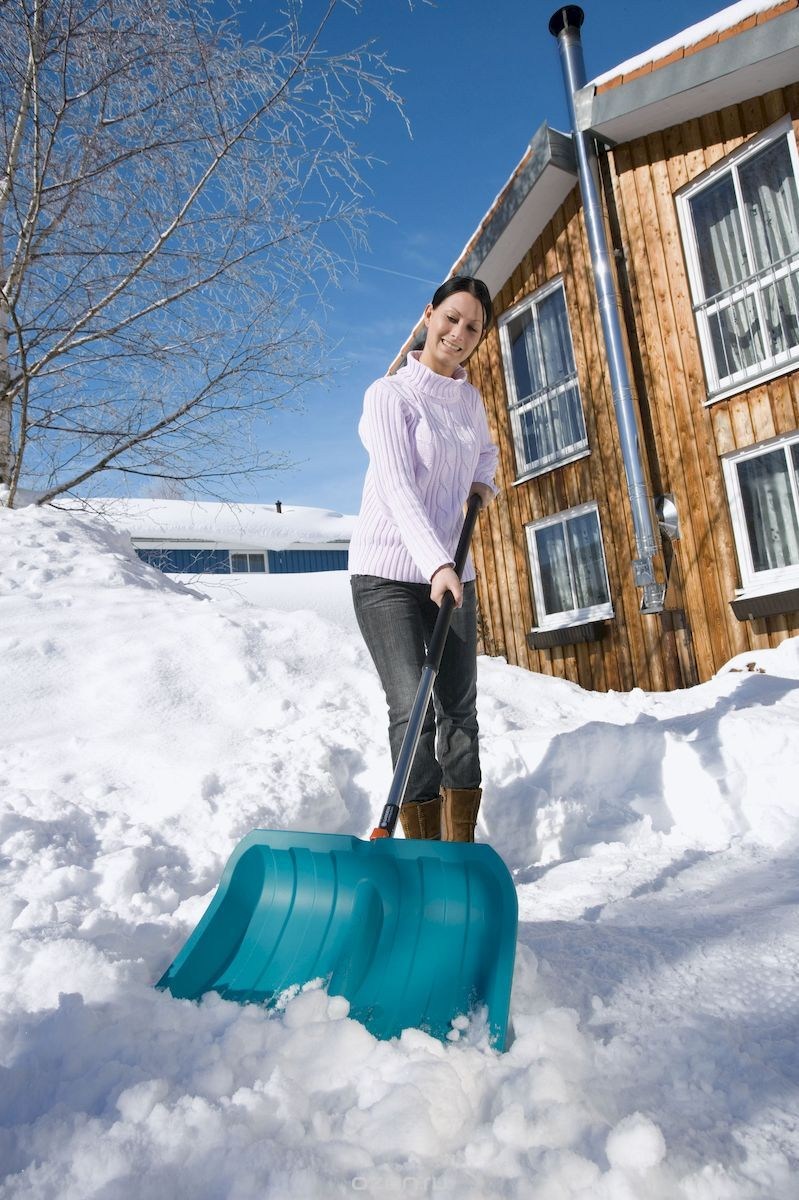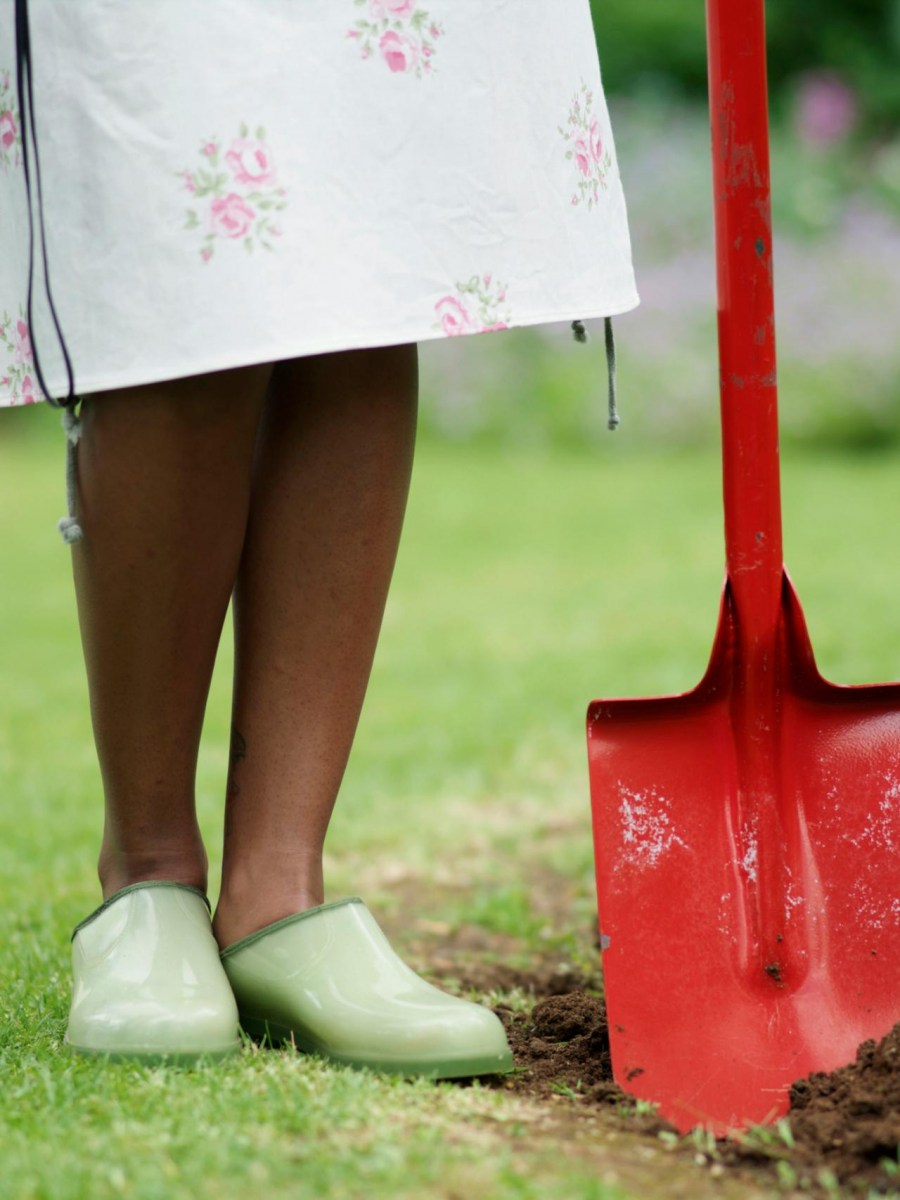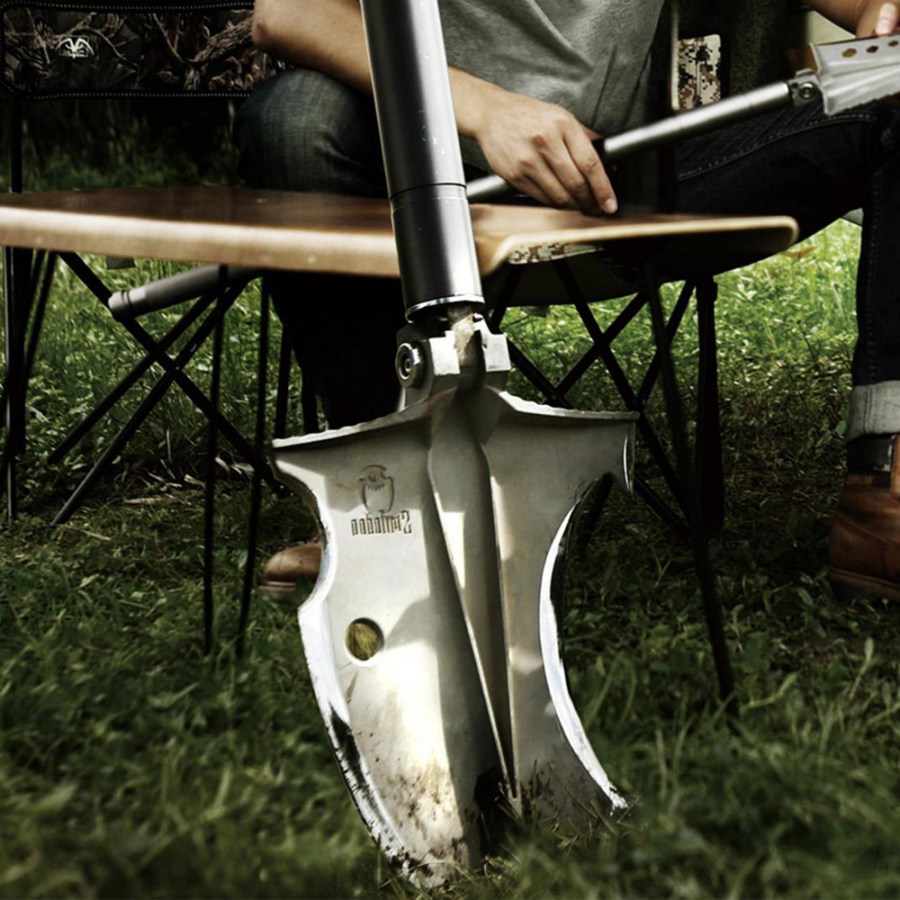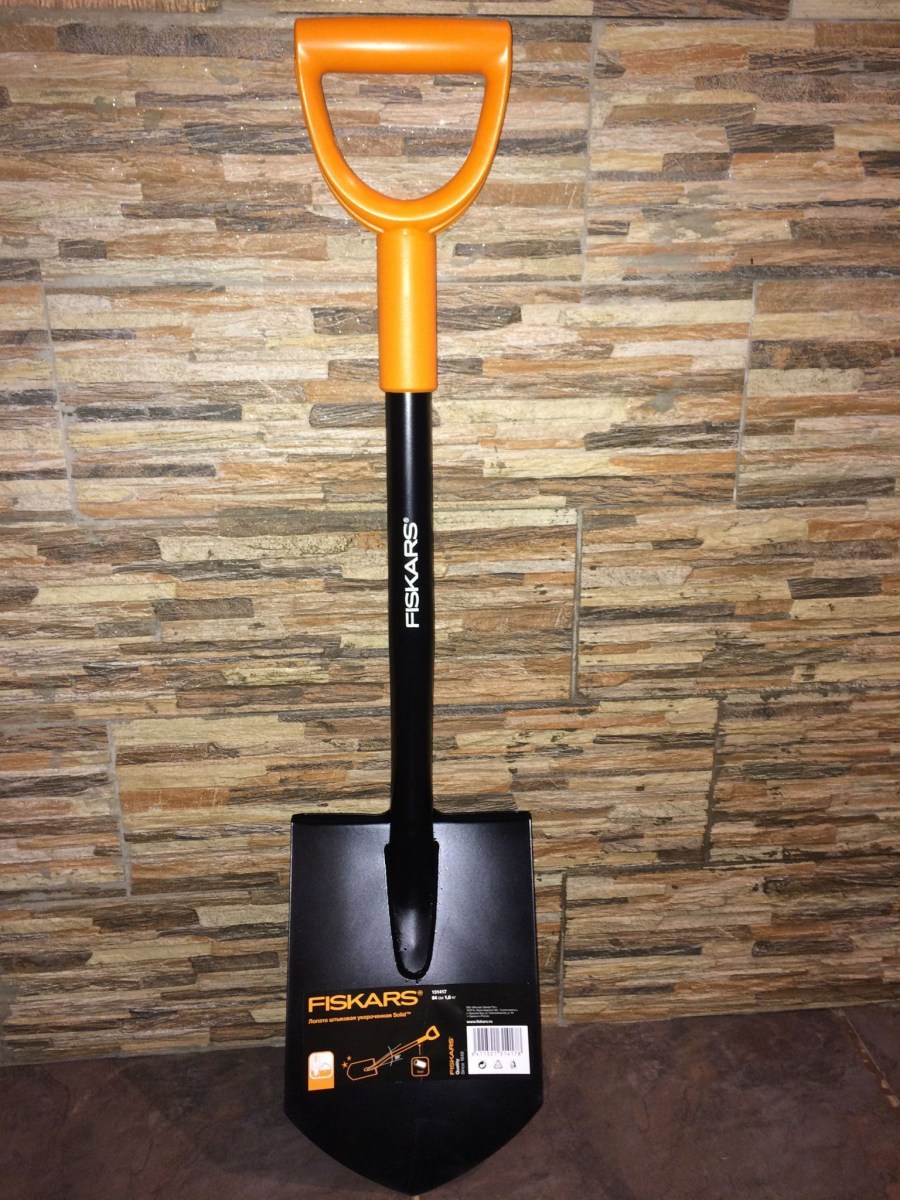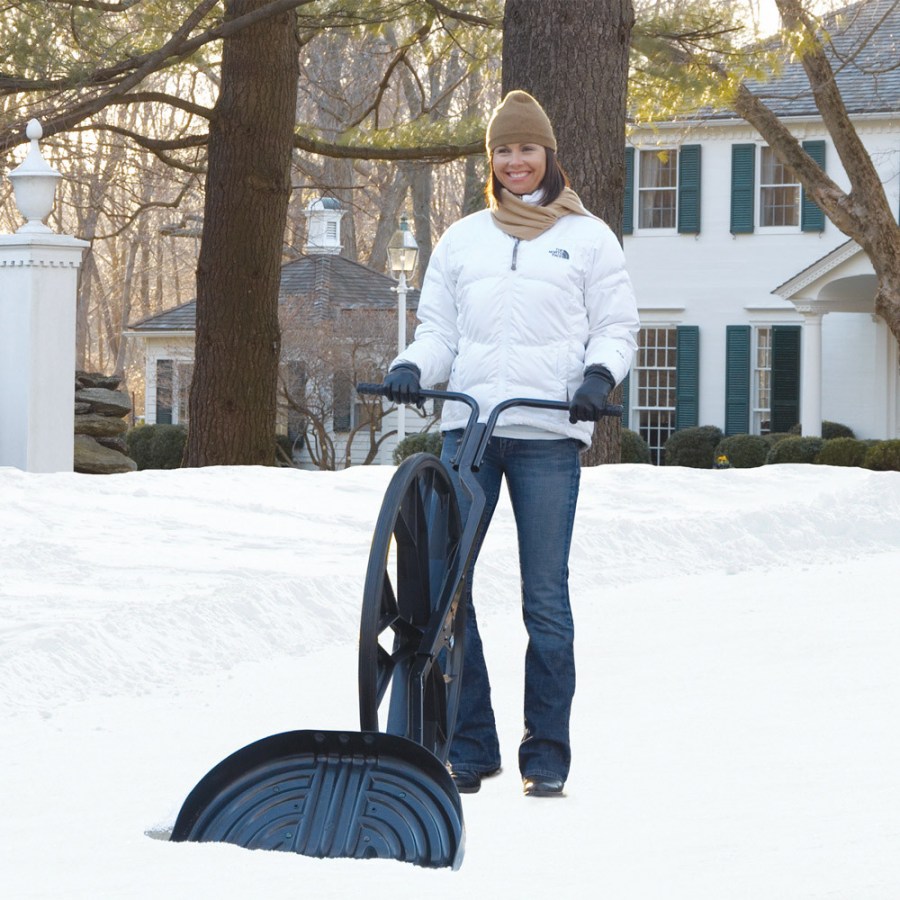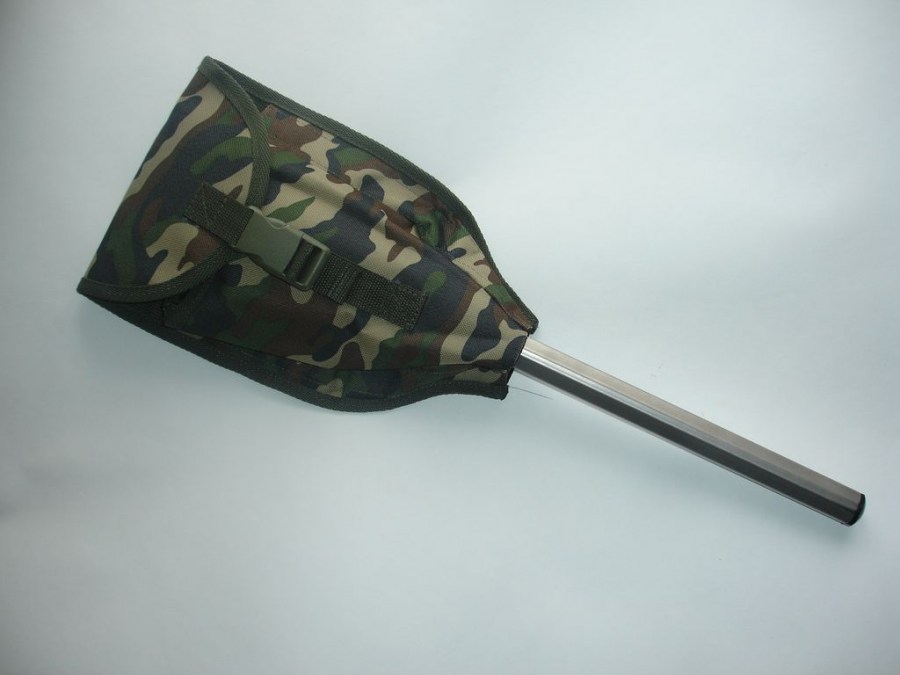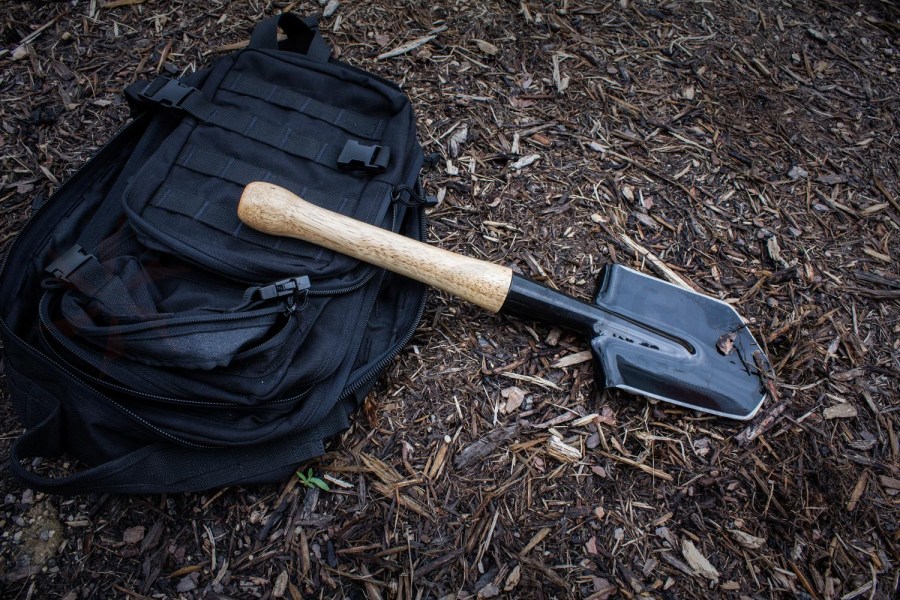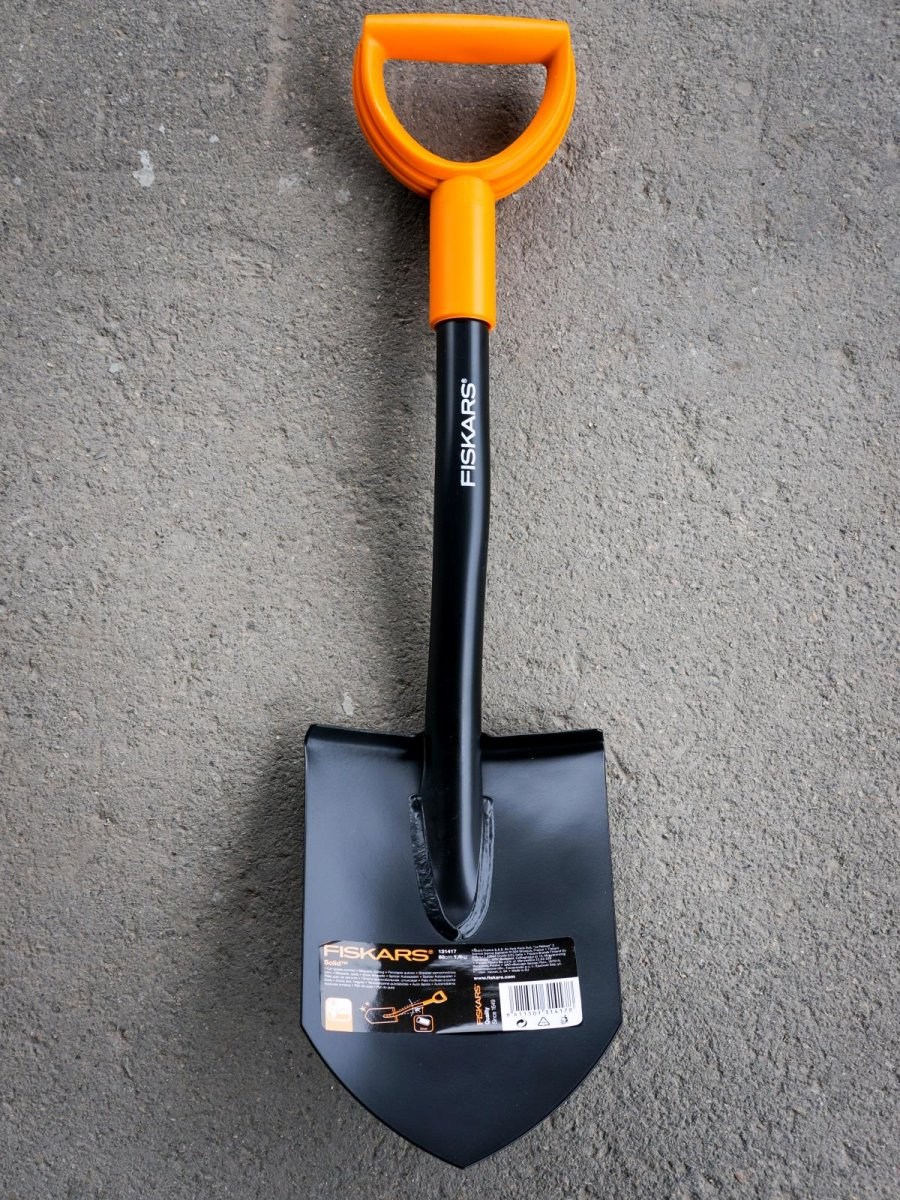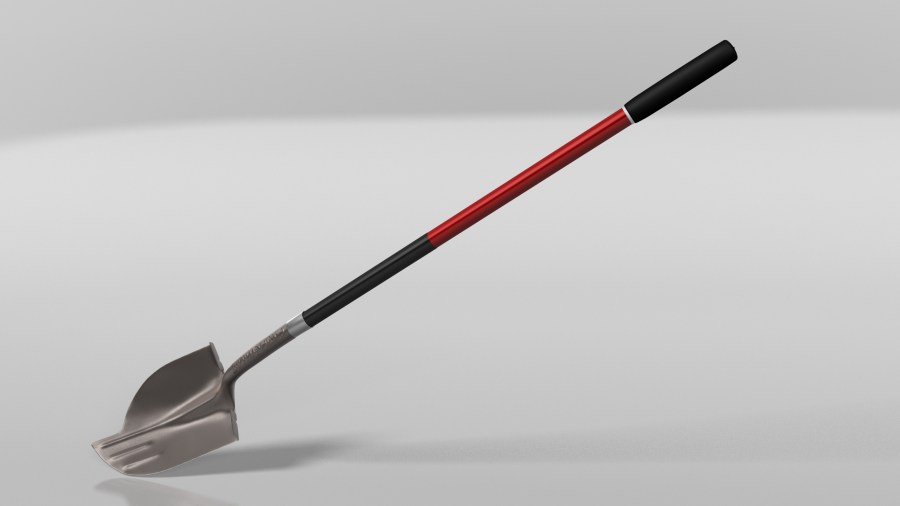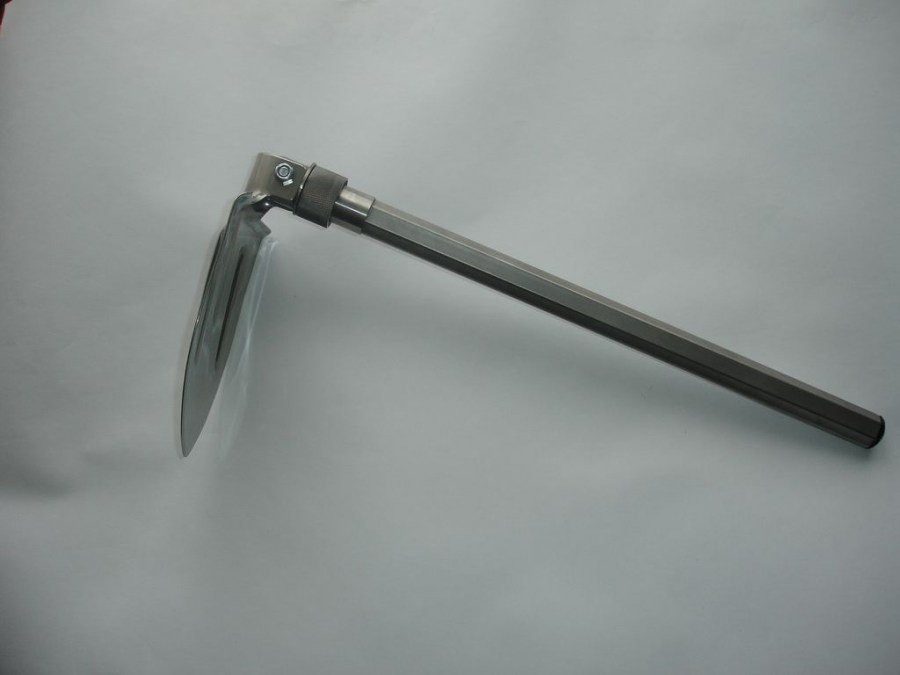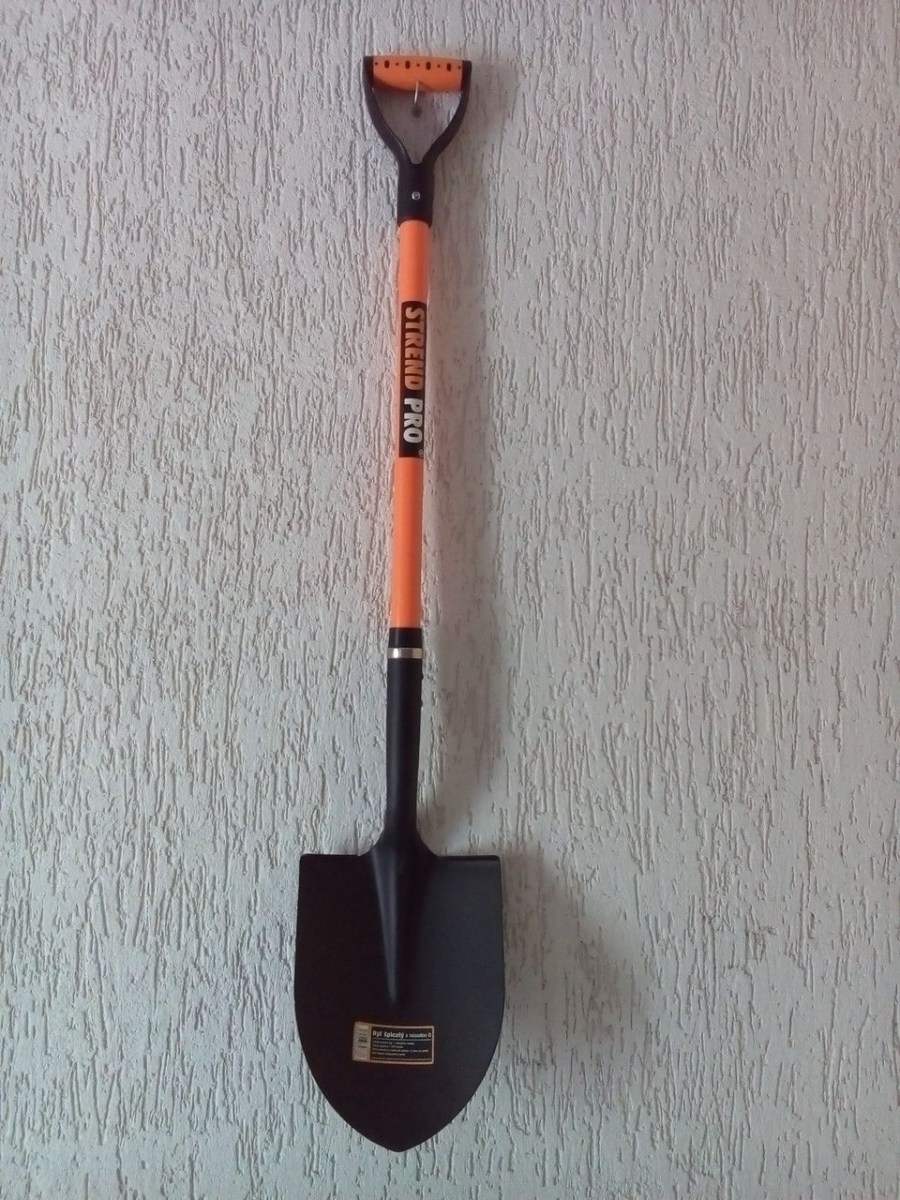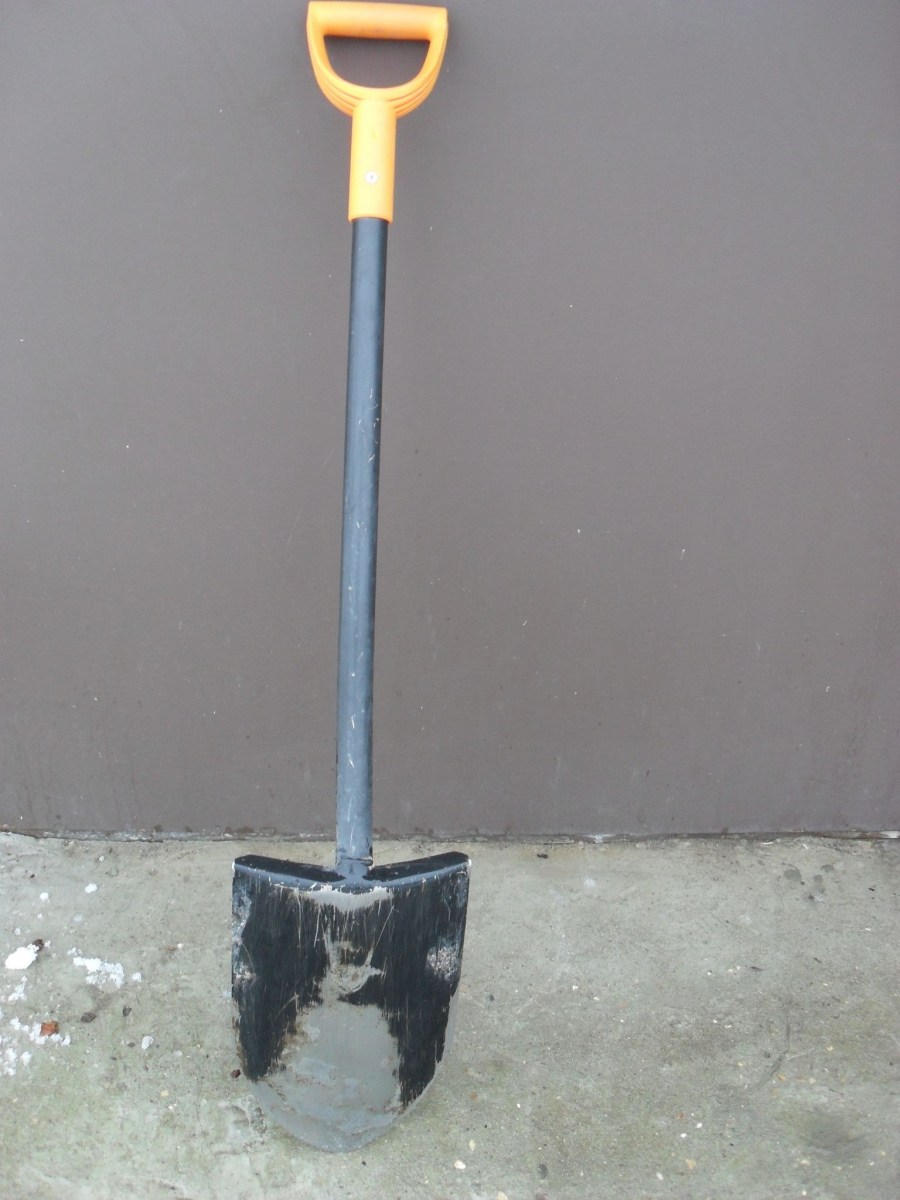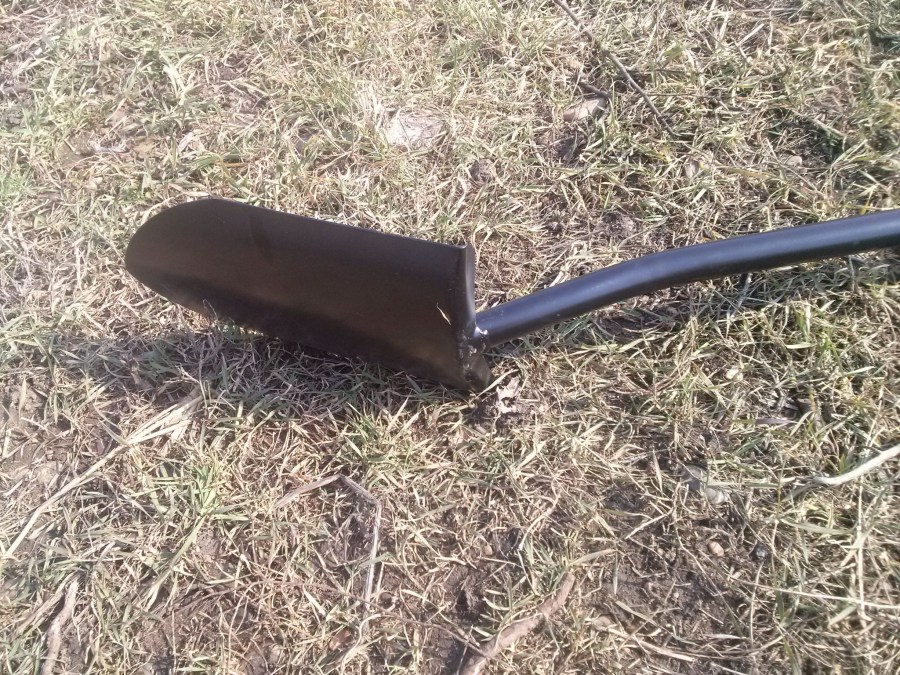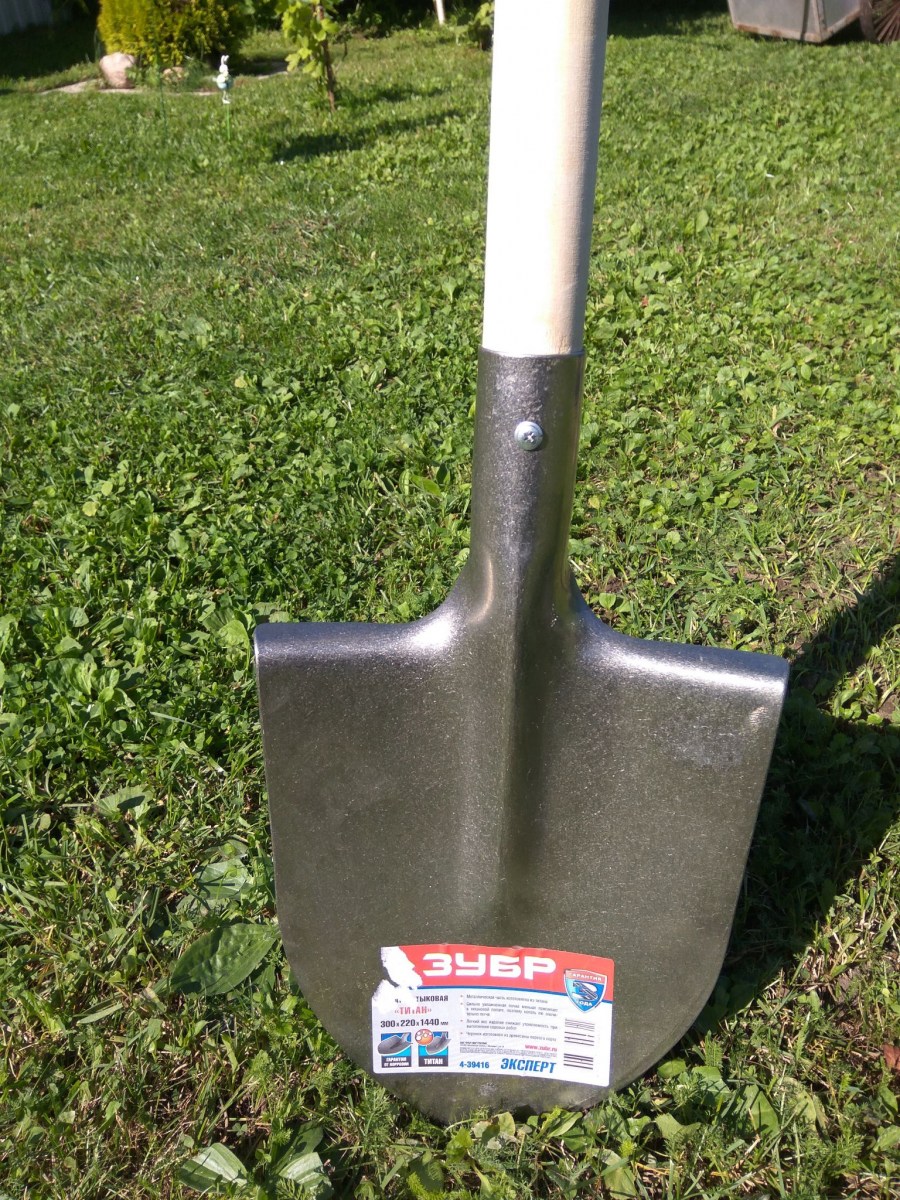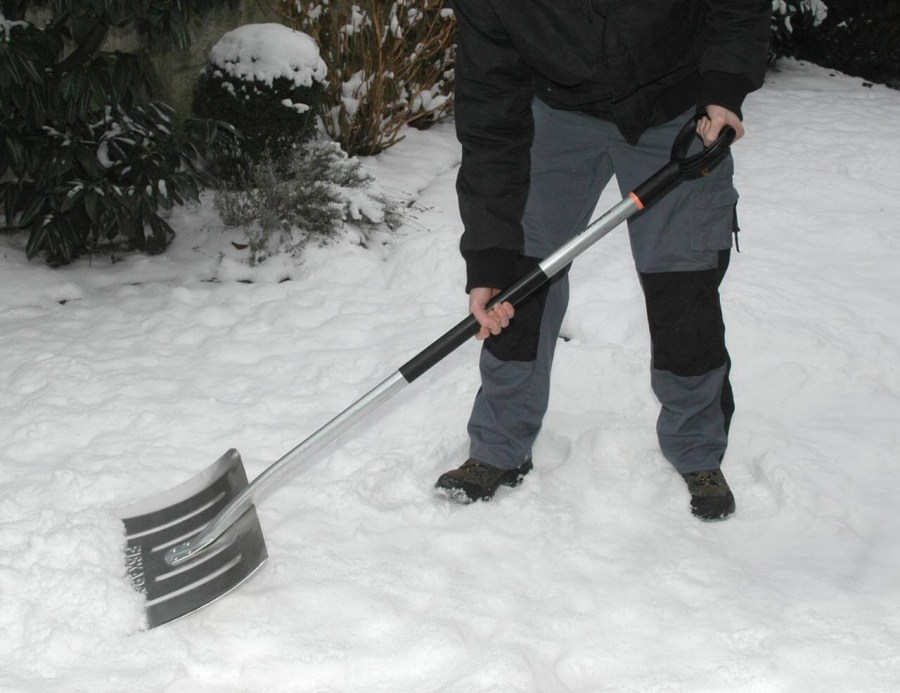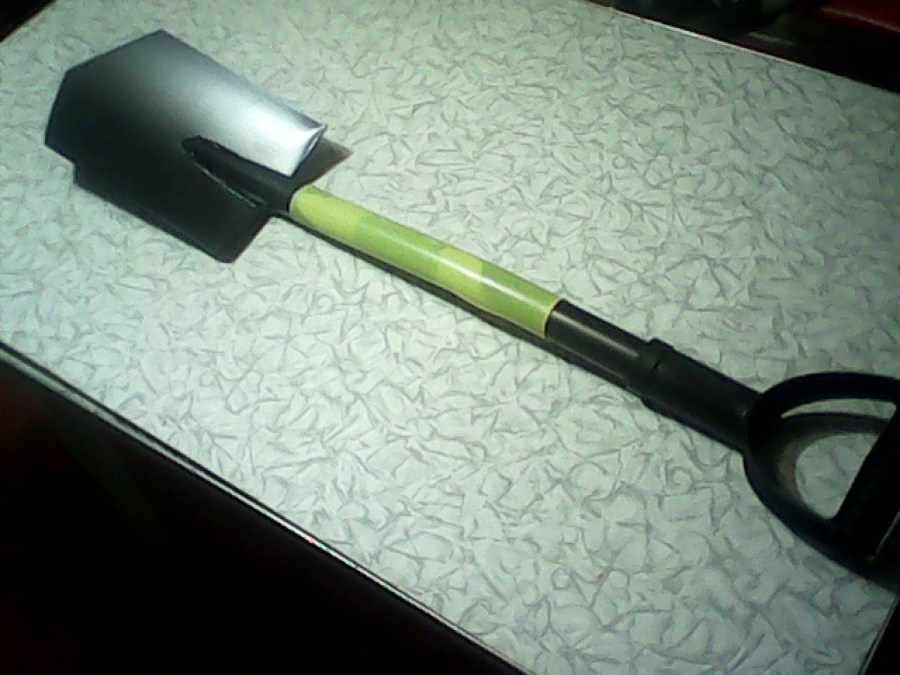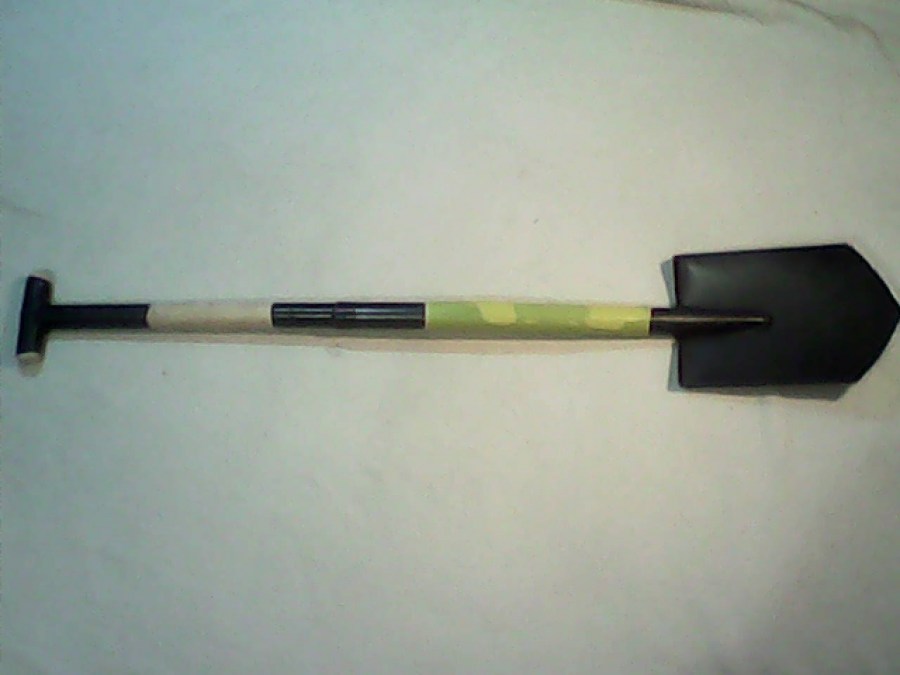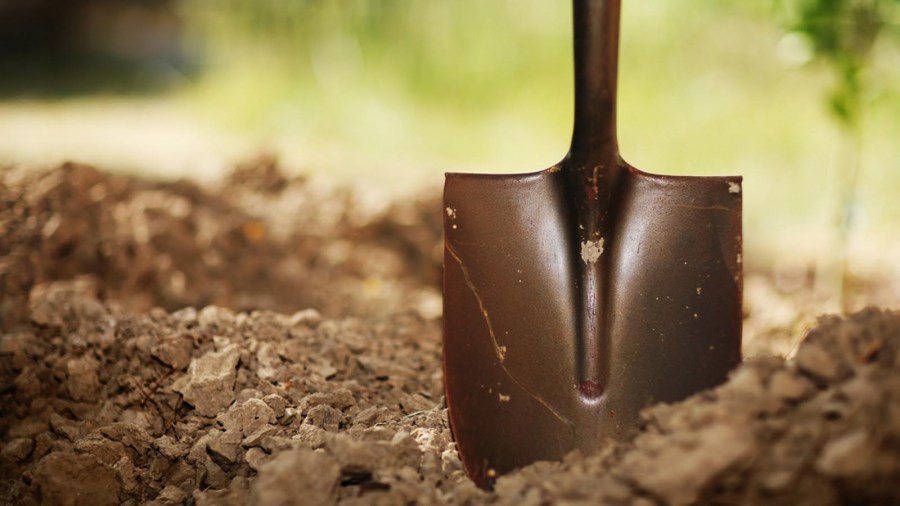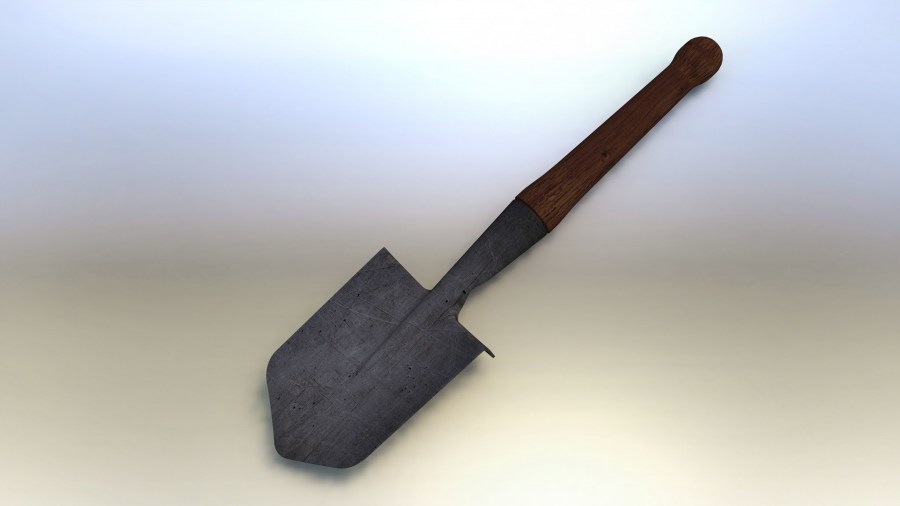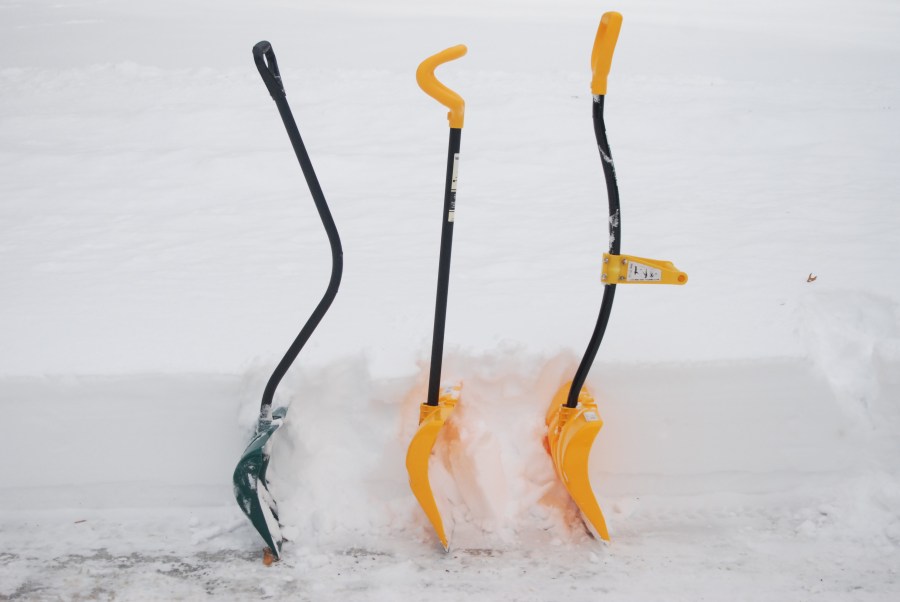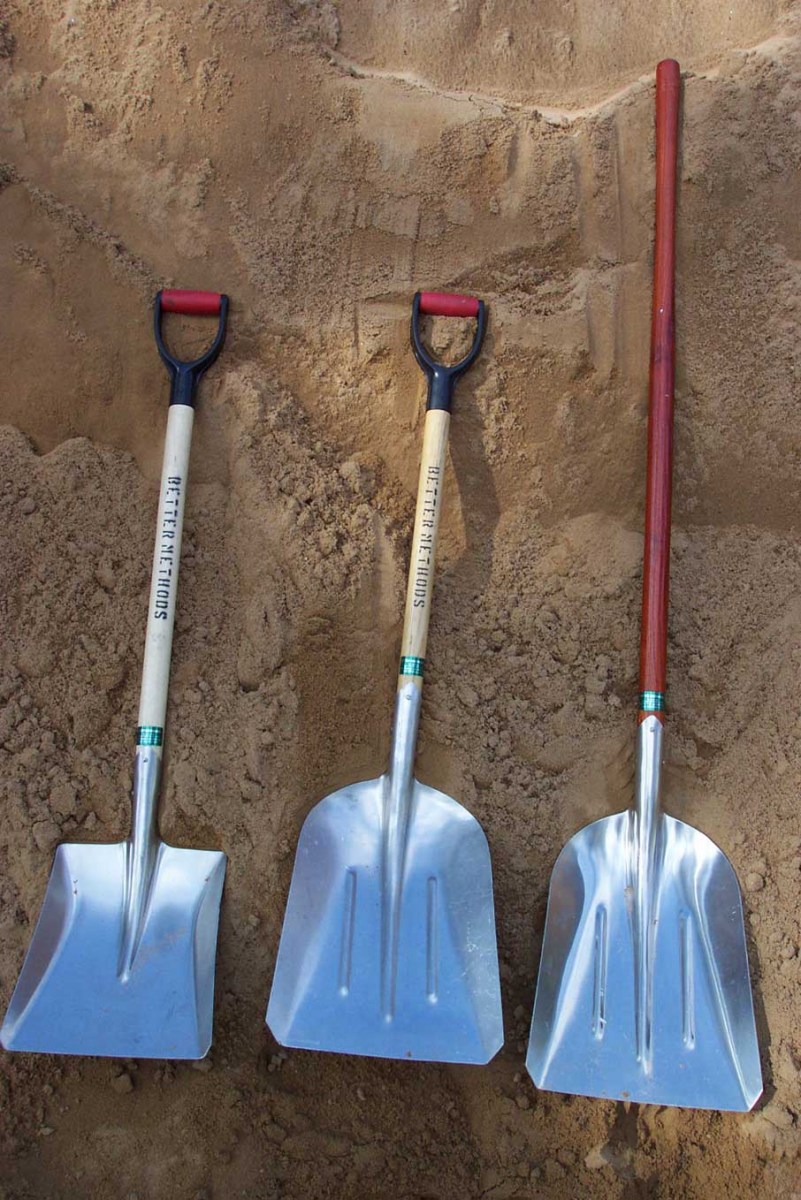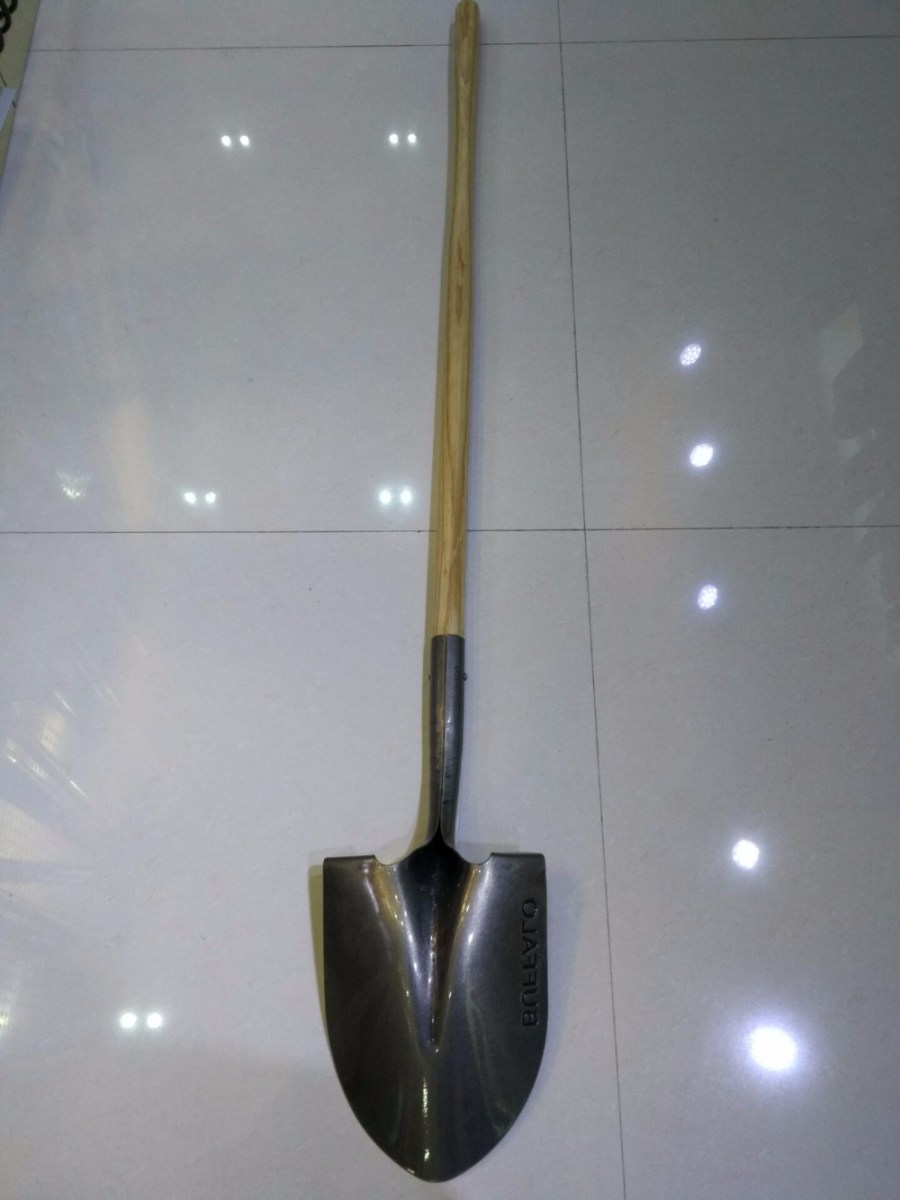Shovel: 60 photos of the main garden tool and features of the modern choice
In our age of high technology, the most common shovel is still an indispensable tool for gardening. Despite the apparent simplicity of the design, modern manufacturers have learned to use the achievements of progress to produce a variety of models.
Options are available on the market that vary in material, bucket size, and blade shape. This makes each shovel suitable for a certain type of work: digging, snow removal, and harvesting. Using the right equipment will allow you to do this faster and more efficiently.
You can try to make a homemade shovel, but now let's try to figure out how to choose the optimal model from the range of shops offered.
Types of shovels depending on the nature of work
Even such a seemingly simple tool must be chosen wisely. A suitable shovel will allow you to work faster and get tired less, will serve faithfully for a long time.
This hand tool is a handle connected to a bucket (tray, scoop) and a steel handle. The bucket ends with a blade, which can have a very different shape.
Most types of gardening are carried out with a bayonet shovel. With its help, you can easily process the beds or dig a hole. It has a pointed blade that allows you to dig up solid soil and cut the roots. The crescent bayonet is convenient for lawn work, clay soil treatment is more efficiently performed with a bayonet with furrows.
"American" stands out with a curved handle and blade. Due to this, its shape resembles a spoon (as you can see by looking at the photo of this shovel). It’s easier to wield than direct alternatives, since such a configuration reduces the load on the back.
If you have not met this model before, be careful: not everyone thinks this design is convenient. If possible, try the "American" in advance, for example, by borrowing from a neighbor.
Excavation shovel created for digging pits and trenches. It will show itself equally well on stony, clay and solid soil. It is distinguished by an elongated pointed blade with a shortened handle.
The rectangular blade model is ideal for working with soft soil. It allows you to capture a large amount of soil. But she can’t cope with solid ground. Sticking it into the soil will be quite difficult, and you risk damaging the tool and your own back.
It is most convenient to work with sand, cement and other loose and viscous materials with a deep shovel. Before solid soil, it is ineffective, but it has no equal in shoveling.
With a loose ground, a spade with a rounded blade does an excellent job.
The large-tooth blade, resembling a saw, will show its best sides during the processing of virgin soil and neglected, penetrated by the roots of the soil.
For snow removal wide snow shovels are used.
What material to choose?
The first thing you should pay attention to is that no rust should appear on the blade. In this regard, the most widespread today are materials such as stainless steel and titanium.
Stainless steel - a classic option, loved by many. Pretty durable, not afraid of rust. Disadvantages: price, the earth sticks to the bayonet. Before buying, check the material.
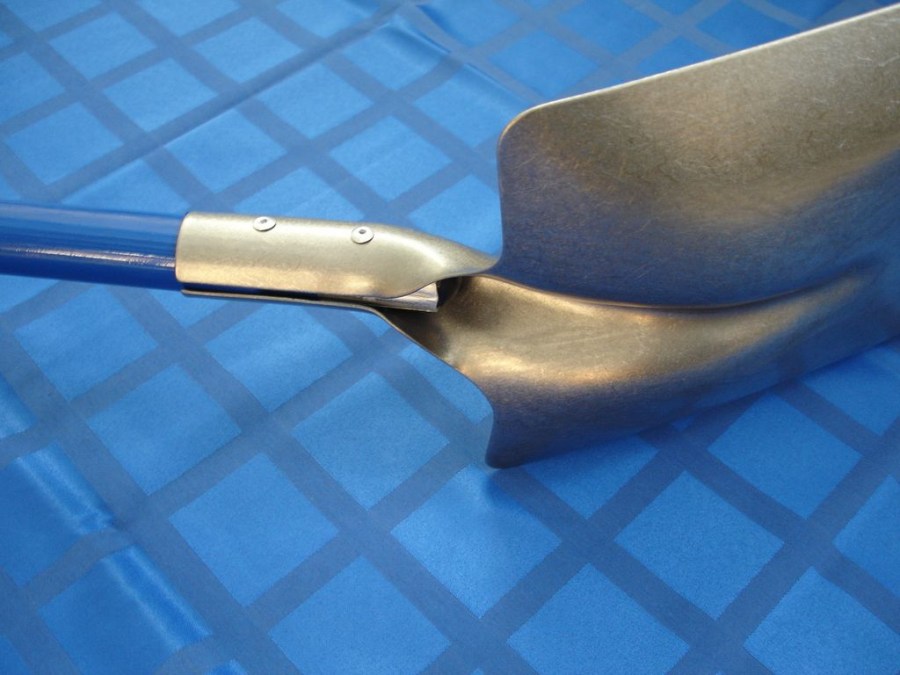 Knock on the blade: quality steel should ring. A dull ring will give a poor quality product. An excellent budget option, even for an experienced summer resident.
Knock on the blade: quality steel should ring. A dull ring will give a poor quality product. An excellent budget option, even for an experienced summer resident.
Titanium shovels are also made from an alloy of titanium and aluminum. They appeared recently, but have already won their audience due to the lightness, strength and reliability of the resulting inventory.
Unfortunately, it is not without drawbacks: the bayonet does not bend, so high loads can break it. The price also cannot be called attractive: it is 5 times higher than steel. A kind of "premium", so in the offseason take care of the decent storage of such a shovel.
Due to the low price, steel continues to be a fairly common material. It has a number of disadvantages: high weight, low strength, susceptibility to rust.
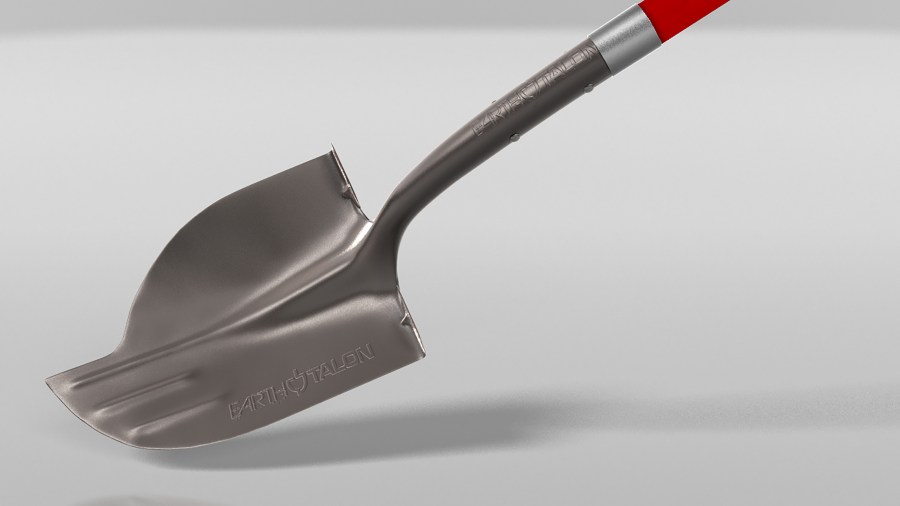 Suitable if shovel is used rarely and little.
Suitable if shovel is used rarely and little.
The bucket from spring (rail) steel is strong and reliable, characterized by moderate bayonet flexibility. However, the weight and price of rail steel is higher than the previous version, and its sharpening is difficult. It will withstand high loads, so it will be a good choice for active use for many seasons.
Cuttings
Today there are models with cuttings made of metal, plastic and other materials, but wood is not without reason considered the best option.
Pine stands out at a low price and is therefore widely used. The consequence of low cost is low quality and fragility. Pine cuttings can be poorly dried and knotty.
Acacia is much stronger and more reliable, but more expensive.
Oak is superior to acacia in quality; such a spade handle will last for more than one year. The disadvantages of oak are its high price and weight.
Larch, ash, beech are even superior to oak cuttings. You will have to fork out for larch, but you can be sure that the shovel bucket is more likely to wear out than the handle.
Shoveling with a handle is easier to wield than a classic model: hands will not slip, which means that the load on the hand will also decrease. The handle is a T-shaped or triangular nozzle on the handle. Relying on it, you will conveniently dig a trench. The triangular handle is suitable for a shovel, but when harvesting the nozzle will be ineffective.
Selection tips
Of course, storing the entire arsenal of existing types of shovels is not always advisable. If you have a small area, most likely a bayonet shovel will be the best option.
Choosing the right one is easy, because this design rightly remains the most common. Its versatility covers almost the entire spectrum of garden work: digging planting pits, digging up plants for the winter, harvesting.
When choosing an important role is played by the type of soil on the site. Different blades are suitable for their soil type: loose earth, sand excavated by a shovel with a rectangular blade.
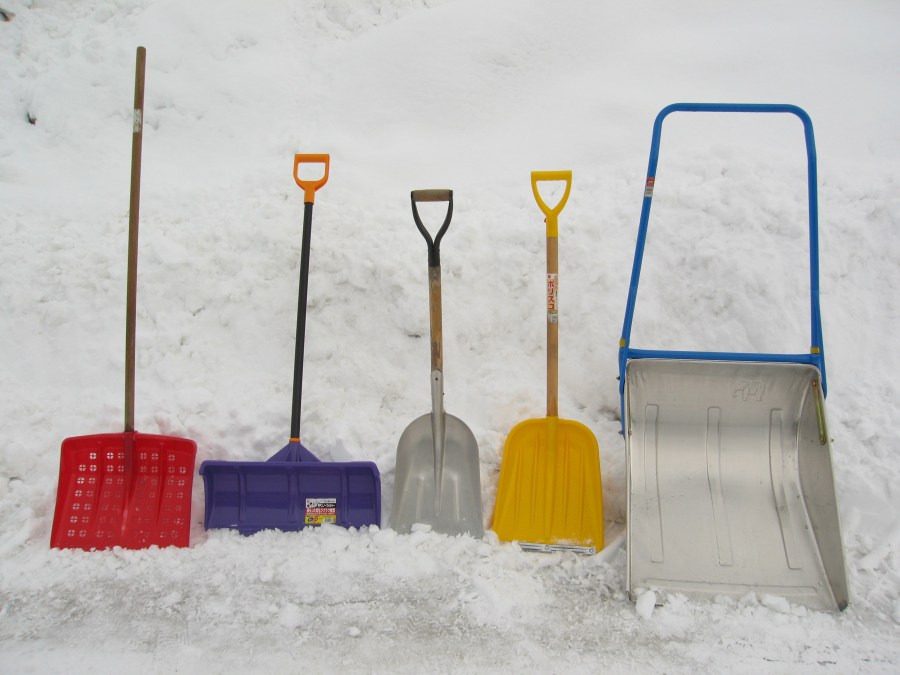 Rounded and pointed will show itself better on hard and clay soil.
Rounded and pointed will show itself better on hard and clay soil.
The thickness of the metal should be at least 1.5 mm, and the blade should be sharpened. Put the tool in working position and push on the bucket: it should not bend.
"American" allows you to bend less, which reduces back tension and facilitates the work process. The handle and bucket of such a shovel are connected at a slight angle, while the handle is slightly curved. For some people, this configuration may seem unusual and therefore less convenient.
Pick inventory for your own height.The optimum height corresponds to the level of the wearer's shoulders. In some cases (when working with heavy soil) it should be shorter, before the bend of the elbow joint. Just trim the excess.
Massive models with a long, wide bucket will suit men; light options are best used by women and teens.
Do not forget to get a holder. In order not to puzzle, which one is better to choose, do it yourself: you can find many ideas on the Internet.
That's all the simple tips. We hope that the chosen shovel will serve you faithfully for more than one year.
Photo of a shovel
DIY do-it-yourself swing - instructions on how to do it yourself (80 photo ideas)
Boxwood: 90 photos of growing and creating figures from the bush
Unabi - what are the useful properties and contraindications of this tree
Do-it-yourself site improvement: photos, instructions, workshops, recommendations from the pros!
Join the discussion:
